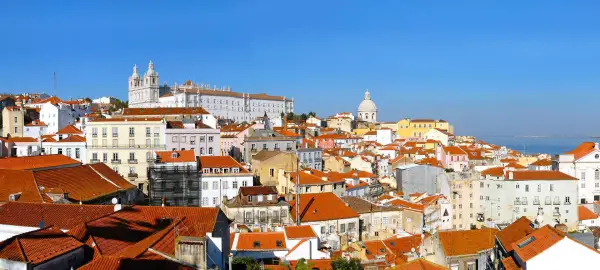Small Group Experiential Travel
Tour Code
XPD When To Go
Apr, Oct Start
Lisbon (LIS) End
Funchal (FNC) Countries Visited (1)
Portugal Overnight In (7)
Lisbon, Porto,...More > Activity Level
3 - Active? Tour Type
Active? - Overview
- Info & Inclusions
- Itinerary
- Map & Hotels
- Photos
- Dates & Prices
Highlights
- Max Group Size 16
- Sintra Palace Loop with UNESCO sites
- Serra da Estrela mountain plateau at 1,000m+
- Douro Valley vineyard trails & river cruise
- Porto's Dom Luís Bridge crossing
- Levada do Caldeirão Verde forest hike
- Ponta de São Lourenço coastal trail
- Singles friendly (view options for single travellers)
Description
Journey through Portugal's most captivating landscapes on this active odyssey that begins amid Lisbon's ancient cobblestone streets and Sintra's fairy-tale palaces, then ventures into the granite peaks of Serra da Estrela and the medieval hilltop villages of Alto Alentejo.
Traverse terraced vineyards cascading down Douro Valley slopes, where traditional quintas reveal centuries-old winemaking secrets through hands-on cooking experiences. Cross Porto's iconic Dom Luís Bridge to discover port wine cellars carved into riverside cliffs, before taking flight to Madeira's volcanic paradise. Here, ancient levada irrigation channels guide you through UNESCO Laurissilva forests to thundering waterfalls, while dramatic coastal trails along Ponta de São Lourenço reveal the island's wild, wind-carved eastern peninsula. Each day balances invigorating hikes through diverse terrain—from cork oak forests to Atlantic cliffs—with immersive cultural encounters in villages where granite boulders become foundations and narrow streets echo with fado melodies.
This carefully crafted adventure showcases Portugal's remarkable geographic diversity, from mainland mountains to island peaks, creating lasting memories across two distinct yet harmonious worlds.
Traverse terraced vineyards cascading down Douro Valley slopes, where traditional quintas reveal centuries-old winemaking secrets through hands-on cooking experiences. Cross Porto's iconic Dom Luís Bridge to discover port wine cellars carved into riverside cliffs, before taking flight to Madeira's volcanic paradise. Here, ancient levada irrigation channels guide you through UNESCO Laurissilva forests to thundering waterfalls, while dramatic coastal trails along Ponta de São Lourenço reveal the island's wild, wind-carved eastern peninsula. Each day balances invigorating hikes through diverse terrain—from cork oak forests to Atlantic cliffs—with immersive cultural encounters in villages where granite boulders become foundations and narrow streets echo with fado melodies.
This carefully crafted adventure showcases Portugal's remarkable geographic diversity, from mainland mountains to island peaks, creating lasting memories across two distinct yet harmonious worlds.
Price Includes
- Full-time Tour Leader services with local guide support at several locations.
- Breakfast & dinner daily.
- All transport, sightseeing and entrance fees for sites noted as 'visited' in the detailed itinerary.
- Gratuities for local guides, drivers, restaurant staff, porters.
- Airport transfers for land & air customers and for early arriving/late departing land & air customers who book their extra hotel nights through us.
Exclusions
- International airfare to/from the tour.
- Tour Leader gratuities, lunches, drinks, personal items, travel insurance, and any excursions referenced as 'optional'.
- Airport transfers for Land Only customers.
Trip Info
- Seasonality and Weather:
Early to Mid-May: Portugal emerges into its most delightful season with mild, comfortable conditions perfect for active exploration. Spring brings vibrant wildflowers across mountain trails, lush green landscapes, and extended daylight hours ideal for photography. Rainfall becomes infrequent, though occasional showers may enhance the dramatic beauty of Madeira's waterfalls and forests. This timing captures the countryside at its most photogenic, with comfortable hiking conditions and fewer crowds at popular sites.
Early October: Experience Portugal's "second spring" as autumn delivers some of the year's finest weather. Warm, stable conditions with minimal rainfall create ideal hiking opportunities, while the Atlantic remains pleasant for coastal walks. This season offers exceptional visibility for mountain vistas and levada trails, with harvest time adding cultural richness to Douro Valley experiences. October's reliable weather patterns make it particularly suitable for the more exposed coastal hikes on Madeira's eastern peninsula.
Both seasons provide optimal conditions for outdoor activities while avoiding summer's intense heat and winter's unpredictable weather. - Transport and Travel Conditions:This active tour requires good fitness and regular walking experience, as participants will be on foot extensively throughout—even non-hiking days involve town walking tours, site visits, and navigating uneven surfaces with stairs. While hiking doesn't occur daily, when it does, expect 4-9km on varied terrain including cobblestone streets, forest paths, mountain trails, and coastal walkways. Participants should be accustomed to trail walking in remote locations and undertake conditioning preparation before departure. Hike distances and durations may be adjusted by Tour Leaders based on weather and group dynamics, so itinerary details serve as guidance only.
Transportation includes comfortable coaches for mainland transfers, a scenic 1.5-hour flight to Madeira, and strategic overnight stops minimizing long drives. All accommodations are centrally located 3-4 star properties chosen for accessibility and group logistics. Professional guides provide full support, with alternative activities available for challenging weather days.
Those prepared for the physical demands will discover Portugal's most spectacular viewpoints, hidden villages, and pristine natural environments accessible only on foot—creating profound connections with landscapes that have captivated travellers for centuries.
Am I suitable for this tour? Please refer to our self-assessment form - Activity Level: 3
These tours are considerably more strenuous than our Level 1 & 2 "cultural" tours and feature walks/hikes on undulating and uneven pathways for 3-7 hours at a leisurely pace. We don't hike every day, but participants should be fit and active and accustomed to trail walking, possibly in remote locations, and be prepared to engage in a conditioning regimen prior to the trip. Altitude may also be a factor on some tours, though none of our hiking tours currently occur above 3000m/10,000 ft. These are hotel-based tours with no camping, and you are required to only carry what you need for the day.
To learn more about the Activity levels, please visit our tour styles page. - Accommodation:
Our hotels are well-located, modern 3-4 star properties. Porter service is usually available (see 'inclusions') though you should be independent with your luggage. As is the norm in Europe, single rooms are limited in number and likely smaller than twins.
For more information, click on the "Map & Hotels" tab. - Staff and Support:
Tour Leader throughout & local guides for town/city touring and for our hikes on which local knowledge and insight are of value and appropriate. - Group Size:
Maximum 16 (plus Tour Leader)
View / Print Itinerary
- Day 1:Arrival in LisbonWe arrive in Portugal's vibrant capital. Lisbon's story begins with Phoenician traders who called this natural harbour "Allis Ubbo" - safe haven - over 3,000 years ago. The city's seven hills stretch before us, each crowned with viewpoints that have witnessed everything from Roman legions to Moorish conquests to the Age of Discovery's bold departures.
Overnight in Lisbon.
Included Meal(s): Dinner, if required - Day 2:Lisbon ExplorationThis morning we explore Lisbon on foot, beginning in Alfama, the city's oldest neighbourhood. Built by Moors in the 8th century, Alfama survived the devastating 1755 earthquake that levelled much of Lisbon, preserving its medieval character. Narrow streets wind upward through this vertical village, past small tavernas and cobblestones worn smooth by eight centuries of use.
We climb to miradouros (viewpoints) revealing the Tagus River spreading toward the Atlantic. At São Jorge Castle, Moorish ramparts offer panoramic views over terracotta rooftops cascading toward the river, where the 25 de Abril Bridge spans the estuary.
After a break for lunch in Rossio Square—notable for its distinctive wave-pattern cobblestones—we explore Baixa district's elegant 18th-century grid. This represents Europe's first earthquake-resistant city planning, where the Marquis of Pombal's rational design replaced medieval chaos with wide boulevards and reinforced buildings.
We ascend via Elevador de Santa Justa to Chiado, where writers like Fernando Pessoa penned poetry in cafés that still serve strong bica coffee. From Miradouro de Santa Catarina, locals gather to watch sunsets behind the bridge.
Optional: Continue through Bairro Alto's steep streets, or descend to riverside Cais do Sodré for waterfront strolls.
Walk Summary: 4-5 hours covering 6-7 km through historic neighborhoods. Moderate to challenging terrain with significant uphill walking on cobblestone streets and stone staircases. Mix of narrow medieval alleys and wide boulevards with numerous scenic viewpoints.
Overnight in Lisbon.
Included Meal(s): Breakfast and Dinner - Day 3:Sintra Hike & Village VisitWe travel to Sintra, a UNESCO World Heritage town where 19th-century aristocrats built summer villas among forested hills. Taxis transport us directly to Pena Palace, bypassing the steep 2 km ascent. King Ferdinand II's romantic 19th-century palace sprawls across the hilltop in vivid colours—yellow towers, red battlements, and Moorish arches. We focus on exterior views and gardens, as the architecture itself provides the most dramatic spectacle.
Our circular forest hike passes the 10th-century Moorish Castle, where weathered battlements reveal strategic importance—these walls once controlled the route between Lisbon and the Atlantic coast. The trail descends through ancient forest to Sintra's village centre.
We break for lunch and independent exploration. Sample travesseiros—delicate almond pastries invented here in 1862 at Piriquita bakery—or browse artisan shops along Rua das Padarias.
Before returning to Lisbon, we visit Quinta da Regaleira, the elaborate mystical estate created by eccentric millionaire Carvalho Monteiro. We descend the famous Initiation Well—a 27-metre spiral staircase plunging into the earth—and explore tunnels connecting grottos adorned with Masonic and Templar symbols.
Hike Summary: 4-5 hours of moderate hiking covering 5-6 km/3-4 mi through forested paths and palace grounds. Mostly undulating/downhill terrain with 300 metres/984 ft total descent on forest trails and stone paths.
Overnight in Lisbon
Included Meal(s): Breakfast and Dinner - Day 4:Lisbon - Alentejo: Castelo de Vide & AlpalhaoWe leave Lisbon for Alentejo's rolling plains, where cork oaks stretch toward horizons. Castelo de Vide emerges on a hilltop, its white houses cascading below a 13th-century castle. This remarkably preserved town contains one of Iberia's most significant Jewish quarters, where Sephardic families flourished until the Inquisition.
We explore narrow streets where Hebrew inscriptions still mark ancient doorways, visiting the medieval synagogue that served the community for over 200 years. The Gothic fountain at the town's heart has flowed continuously since the 14th century, its waters once believed to possess healing properties. From castle ramparts, views extend across the Serra de São Mamede's granite peaks, explaining this border fortress's strategic importance.
Time for lunch and independent exploration before continuing to Alpalhão, a small Templar village in the Portalegre region. The Knights Templar founded this settlement in the 12th century to control the Roman military road linking Lisbon to Spain. We overnight here, perfectly positioned for tomorrow's exploration of Serra de Sao Mamede Natural Park.
Walk Summary: 2-3 hours, 5 km/3.1 mi through historic streets and castle grounds. Moderate uphill on cobblestones with 150 m/492 ft elevation gain. Uneven medieval stonework and some steep alleys.
Overnight in Alpalhao.
Included Meal(s): Breakfast and Dinner - Day 5:Mountain Fortress & Ancient TrailsWe enter Serra de Sao Mamede Natural Park, where cork oak forests harbour rare Iberian wildlife. Our 6-8 km interpretive trail winds through landscapes unchanged since Roman times, revealing archaeological sites where Celtic tribes gathered precious metals. The route with numbered discovery points showcases over 800 plant species, including endemic orchids found nowhere else on Earth.
We ascend to Marvão, a 13th-century fortress town perched impossibly on a granite crag 860 m/2,822 ft above sea level. Medieval walls follow natural rock contours, and from the castle's highest tower, Spain stretches eastward across plains. This strategic position controlled trade routes between kingdoms for 800 years. The village's 300 residents maintain traditions from the Middle Ages, from stone masonry to recipes passed through generations.
By afternoon we reach Castelo Branco, an episcopal city known for baroque gardens and distinctive embroidered bedspreads (colchas).
Hike Summary: 3-4 hours of moderate hiking covering 6-8 km/4-5 mi through cork oak forests on marked interpretive trails with educational stops. Well-marked trails with gentle to moderate inclines and 200 metres/656 ft total elevation gain. Natural paths with some rocky sections and root obstacles. Distance can be shortened to 4-5 km if group prefers more time exploring Marvão village and castle.
Overnight in Castelo Branco
Included Meal(s): Breakfast and Dinner - Day 6:Granite Giants & Ancient RomeMonsanto appears as an architectural marvel—houses built between granite boulders the size of buildings. This village earned its title "most Portuguese" by preserving building techniques unchanged since Celtic times. We begin with a 4-5 km mountain loop above the village, where ancient paths lead to panoramic viewpoints. Glacial action scattered these massive stones across the landscape millions of years ago.
The village itself becomes our outdoor museum as we wind between houses where granite boulders serve as walls, roofs, and even tables. Medieval castle ruins crown the highest outcrop, where Christian forces once maintained vigilance against Moorish raids.
After lunch we follow a section of the GR22 trail toward Idanha-a-Velha, walking Roman roads through countryside dotted with abandoned windmills. Idanha-a-Velha reveals layers of history—Roman temples, Visigothic churches, and medieval fortifications occupy the same ground. This UNESCO site served as a Roman municipal capital, then a Templar stronghold, before plague and war reduced it to today's hamlet of 50 residents.
We end our day in Guarda, Portugal's highest city at 1056 m (3,465 ft)elevation, known as the "City of Four F's"—Fria, Farta, Forte e Feia (Cold, Abundant, Strong, and Ugly).
Hike Summary (Monsanto): 2-3 hours, 4-5 km/2.5-3 mi. Moderate with 200 m/656 ft elevation gain. Rocky granite paths with some scrambling. Can be shortened to village exploration. R22: 1-2 hours, 3-6 km/1.9-3.7 mi. Gentle countryside with minimal elevation change. Dirt tracks and Roman stone sections.
Overnight in Guarda.
Included Meal(s): Breakfast and Dinner - Day 7:Walking Serra da Estrela - Douro ValleyWe ascend into Serra da Estrela, where glaciers carved Portugal's most dramatic mountain landscapes 30,000 years ago. Starting above 1000 m/3,280 ft elevation, our 4-5 km granite plateau loop reveals why this UNESCO Geopark captivates geologists. Ancient glacial valleys stretch below like stone amphitheatres, while weathered granite tors stand sentinel across the landscape.
The trail leads to viewpoints where Atlantic influence meets continental climate, creating unique ecosystems. Endemic plants cling to granite crevices, including the rare Serra da Estrela violet that blooms only at these altitudes. From our highest point at 1020+ m/3,347+ ft, views encompass half of Portugal—from Spanish peaks eastward to Atlantic plains westward.
Our afternoon descent toward the Douro Valley reveals dramatic landscape transition—from granite peaks to river-carved gorges lined with terraced vineyards. By evening we reach the heart of port wine country at Peso da Régua, the unofficial capital of the Douro wine region. The town sits at the confluence of the Douro and Corgo rivers, surrounded by UNESCO World Heritage terraced hillsides.
Hike Summary: 2-3 hours, 4-5 km/2.5-3 mi on granite plateau at 1000 m/3,280 ft. Well-maintained paths with 150 m/492 ft elevation changes. Some rocky sections. Route can be extended to portions of the longer PR14 CVL trail (up to 12 km) based on conditions.
Overnight in/near Peso da Regua.
Included Meal(s): Breakfast and Dinner - Day 8:Douro Valley Walk & River CruiseThe Douro River carved its valley through schist bedrock over millions of years, creating the stepped terrain that makes port wine possible. Our vineyard hike follows ancient paths between terraced quintas (wine estates), where families have cultivated grapes for over 2,000 years. The 5-7 km route reveals the effort behind every bottle—these hand-built terraces represent one of humanity's most impressive agricultural achievements.
We visit a traditional quinta where vintage rhythms continue: grapes still crushed by foot in granite lagares (tanks), juice fermenting in oak casks. The quinta owner, whose family has produced port for generations, explains how this harsh landscape—winter temperatures to -10°C/14°F, summer heat reaching 45°C/113°F—stresses vines into producing intensely concentrated grapes. Here we enjoy an included lunch (in lieu of dinner).
This afternoon we cruise the legendary river past terraced vineyards cascading down steep valley walls. For over 300 years, traditional rabelo boats transported precious port wine from remote quintas to Porto's cellars. As we glide past schist slopes with meticulously maintained vines, we understand how this landscape earned designation as the world's oldest demarcated wine region, where Romans first planted grapes over 2,000 years ago.
Hike Summary: 2-3 hours, 5-7 km/3-4 mi through terraced landscape. Gentle to moderate inclines on dirt vineyard paths and stone terrace steps with 200 m/656 ft elevation gain.
Overnight in Peso da Regua (dinner on your own this evening).
Included Meal(s): Breakfast and Lunch - Day 9:Douro Valley - Camino Português Coastal Walk - PortoAn early start allows us to combine our transfer to Porto with an authentic Camino experience along Portugal's Atlantic coast. The Camino Português, one of the major pilgrimage routes to Santiago de Compostela, has guided travellers from Lisbon through Porto toward Galicia for over 800 years. The coastal variant follows ancient fishing community paths as an Atlantic alternative to the traditional inland route.
We travel to Vila do Conde, where the Ave River meets the Atlantic. This historic town developed around its 16th-century Monastery of Santa Clara. After lunch and a brief orientation, we follow waymarked routes along the Atlantic coastline—sometimes on beachfront boardwalks, other times through coastal villages, but always following the yellow arrows that have guided pilgrims for centuries.
The flat terrain epitomizes the coastal Camino's character, where sand, sea air, and the rhythmic Atlantic accompany our journey. We pass through traditional fishing communities—whitewashed houses facing the sea, boats pulled up on beaches, the distinctive light that has attracted artists since the 19th century.
Our walk concludes at Praia da Azurara or Matosinhos beach (depending on pace), where we transfer by bus into Porto, arriving in time to check in before dinner.
Walk Summary: 2.5-3 hours, 6-8 km along coastal paths and beach boardwalks. Flat terrain with virtually no elevation change. Atlantic breezes and full sun exposure typical.
Overnight in Porto.
Included Meal(s): Breakfast and Dinner - Day 10:Porto DiscoveryWe explore Porto's UNESCO World Heritage historic centre, where centuries of maritime commerce created one of Europe's most authentic urban landscapes. Our guided walking tour begins at São Bento Station, where 20,000 hand-painted azulejo tiles depict Portugal's history in brilliant blue and white. These 1930 ceramic masterpieces transform a railway station into an art gallery.
We ascend through Porto's layered neighbourhoods to the Gothic Cathedral where Portuguese princes were baptized, and the Clerigos Tower, whose 240 steps reward climbers with panoramic views. The baroque churches of Santa Clara and São Francisco reveal Portugal's golden age wealth, their gilded interiors glittering with New World gold.
Our route winds through medieval streets where traditional shops still sell hand-forged copper pots and embroidered linens. At Livraria Lello, we glimpse the neo-Gothic bookstore that inspired Harry Potter's magical library, its crimson staircase spiraling toward stained-glass skylights.
We conclude at Ribeira district's riverside promenade, where merchant houses cascade to the Douro's edge. From here, the iconic Dom Luís I Bridge spans the river in elegant iron arcs, connecting Porto to Vila Nova de Gaia's port wine cellars.
Walk Summary: 3-4 hours, 4 km through historic cobblestone streets. Moderate terrain with several uphill sections, stone staircases, and occasional steep climbs. Well-paved paths with some uneven medieval surfaces.
Overnight in Porto.
Included Meal(s): Breakfast and Dinner - Day 11:Porto - Fly to MadeiraOur 1.5-hour flight southwest carries us 978 km (608 miles) into the Atlantic, where Madeira rises from 4000-metre (13,123-foot) ocean depths like a volcanic garden. This subtropical archipelago, formed by underwater volcanic eruptions 20 million years ago, created landscapes so dramatic that early Portuguese explorers named it "Ilha da Madeira" - Island of Wood - for dense laurel forests covering its peaks.
Funchal spreads up steep mountainsides from a natural harbour that sheltered Christopher Columbus during Atlantic voyages. The city's name derives from "funcho" (fennel), which covered these slopes when Portuguese settlers arrived in 1419. We should have some time on arrival for a brief orientation stroll; the old town reveals Madeira's unique position as a mid-Atlantic trading post - Moorish architectural influences mix with Portuguese colonial styles, while exotic flowers from every continent bloom in tropical abundance.
Our hotel provides the perfect base for exploring an island where subtropical climate meets dramatic topography. Tonight, Atlantic breezes carry the scent of passion flowers and frangipani, promising tomorrow's adventure into UNESCO World Heritage forests that exist nowhere else on Earth.
Overnight in Funchal.
Included Meal(s): Breakfast and Dinner - Day 12:Madeira's West Coast DiscoveryWe journey into Madeira's western landscapes, where volcanic forces carved Europe's highest sea cliffs. Our route passes through the fishing village of Câmara de Lobos, where Winston Churchill once painted colourful boats in a natural harbour that has sheltered mariners for five centuries.
At Cabo Girão's clifftops, standing 580 m above crashing Atlantic waves, the glass skywalk offers views over terraced vineyards carved into vertical cliffsides. Sea erosion has created caves and coastal terraces that local farmers still cultivate.
The adventure continues on Paul da Serra plateau at 1,400 m elevation—Madeira's vast "mountain plain" where ancient lava flows created a unique high-altitude ecosystem. We follow the Levada Nova, a 16th-century irrigation channel through this landscape where endemic plants thrive in volcanic soil and mist-fed meadows stretch toward distant peaks. Portuguese engineers channelled water across seemingly impossible terrain, creating agricultural miracles in this subtropical paradise.
Descending toward the coast, we reach Porto Moniz, where volcanic activity created natural swimming pools carved from black basalt rock. These geological wonders invite Atlantic swims after our mountain adventure.
Activity Summary: 5-6 km/3-4 mi levada hike (2.5-3 hours) at 1400 m (4,590 ft) elevation. Natural pool exploration at Porto Moniz.
Overnight in Funchal.
Included Meal(s): Breakfast and Dinner - Day 13:East Coast Wilderness & Coastal DramaThis morning we venture into Madeira's untamed northeastern coastline for our adventure finale, where ancient Laurissilva forests give way to some of the island's most spectacular coastal hiking. Our destination, Vereda do Larano, follows historic paths where merchants and farmers once navigated between isolated communities across terrain so rugged it remained virtually unchanged for centuries.
Our coastal adventure begins near Porto da Cruz, entering enchanting forest sections shaded by ancient laurel canopies—living remnants of subtropical forests that covered southern Europe 20 million years ago. Emerging from forest shade, our trail transforms into dramatic clifftop paths offering breathtaking Atlantic panoramas where azure waters stretch endlessly toward distant horizons. Unlike Madeira's popular tourist trails, this coastal gem remains refreshingly uncrowded, allowing genuine connection with the island's raw volcanic beauty and the sound of waves crashing against basalt cliffs far below.
Our peaceful destination offers panoramic vistas over Madeira's northeastern coastline, where ancient mountains plunge dramatically into the sea. This contemplative spot, far from tourist crowds, provides the perfect setting to reflect on two weeks of discovery across Portugal's mainland mountains, river valleys, historic towns, and this remarkable subtropical island where volcanic landscapes meet Atlantic waters.
Activity Summary: 6-8km (4-5 miles) coastal and forest trail (3-4 hours) with 250m elevation gain. Return to Funchal with free time for shopping, relaxation, and departure preparation.
Overnight in Funchal.
Included Meal(s): Breakfast and Dinner - Day 14:DepartureDeparture from Funchal.
The journey home begins with hearts full of Portuguese warmth, cameras filled with impossible landscapes, and palates educated in wines that capture the essence of ancient terroirs where human tradition meets dramatic geography.
"Boa viagem" - good trip!
Included Meal(s): Breakfast
Regions Visited: Western Europe
Countries Visited: Portugal
Countries Visited: Portugal
*The red tour trail on the map does not represent the actual travel path.
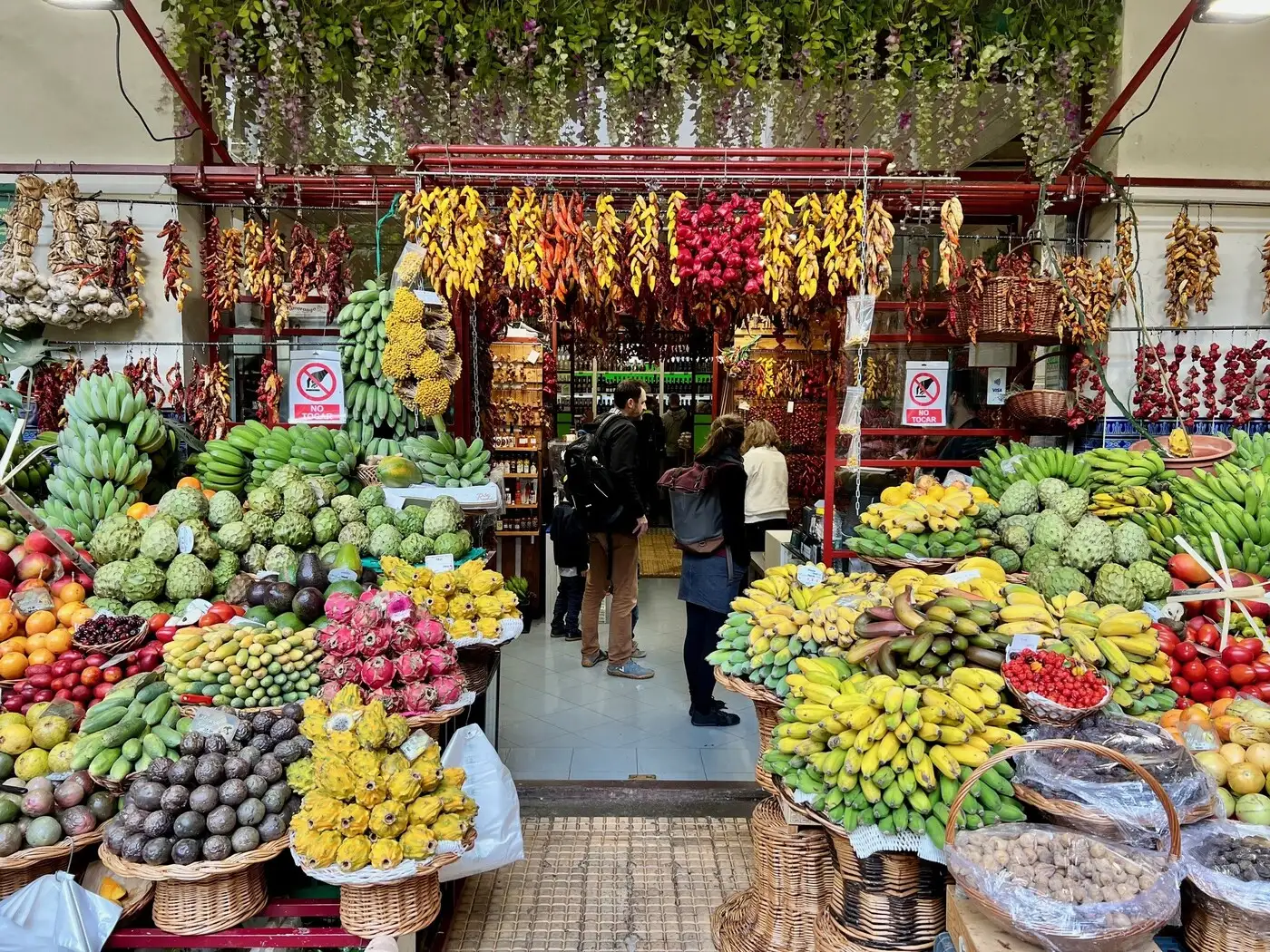
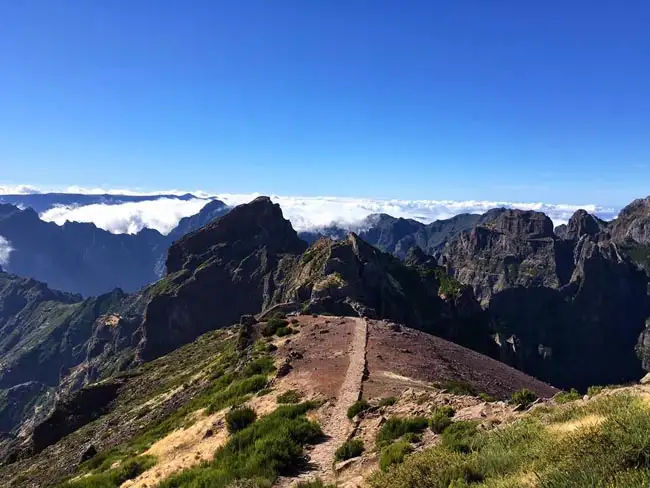
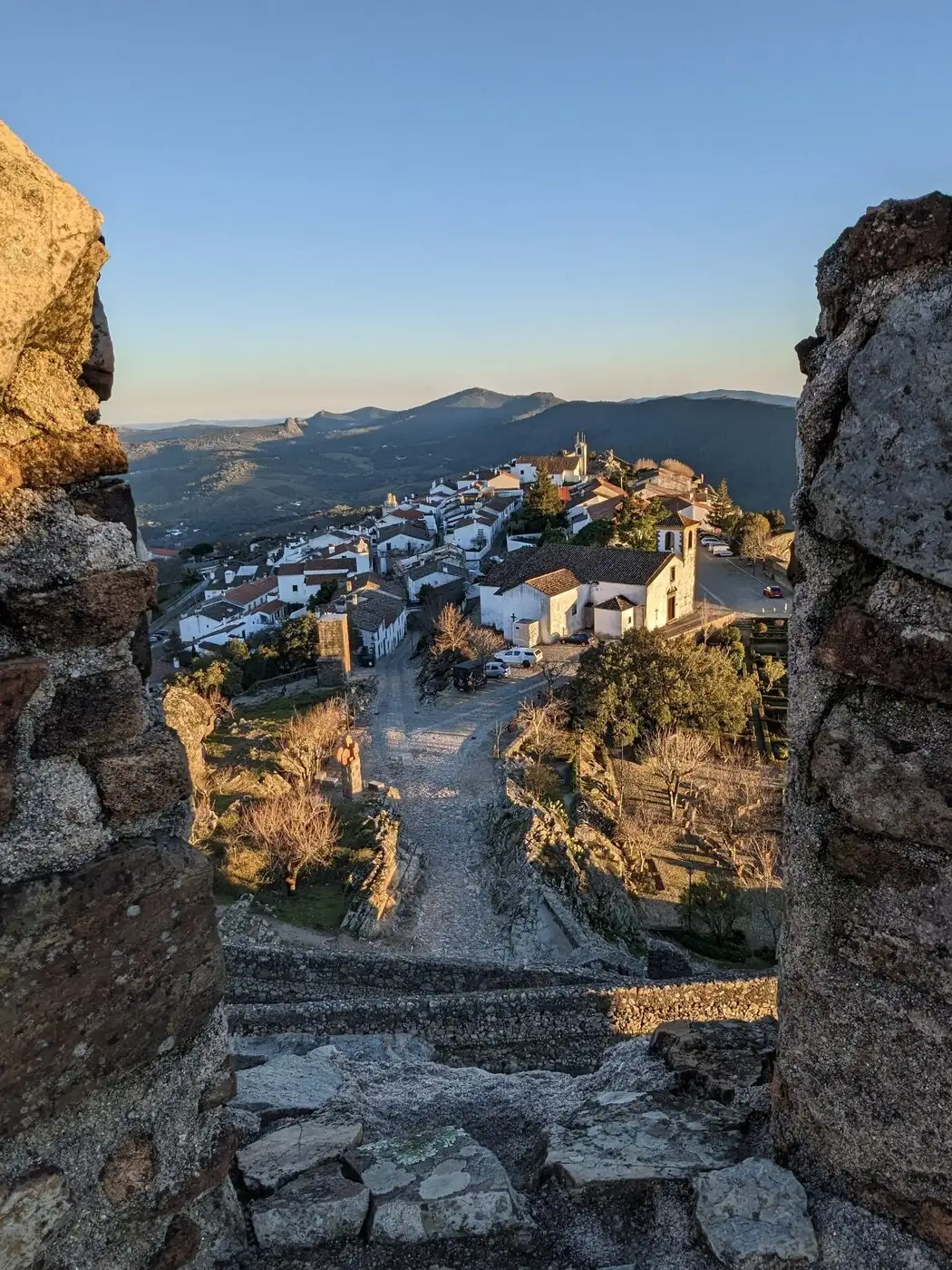
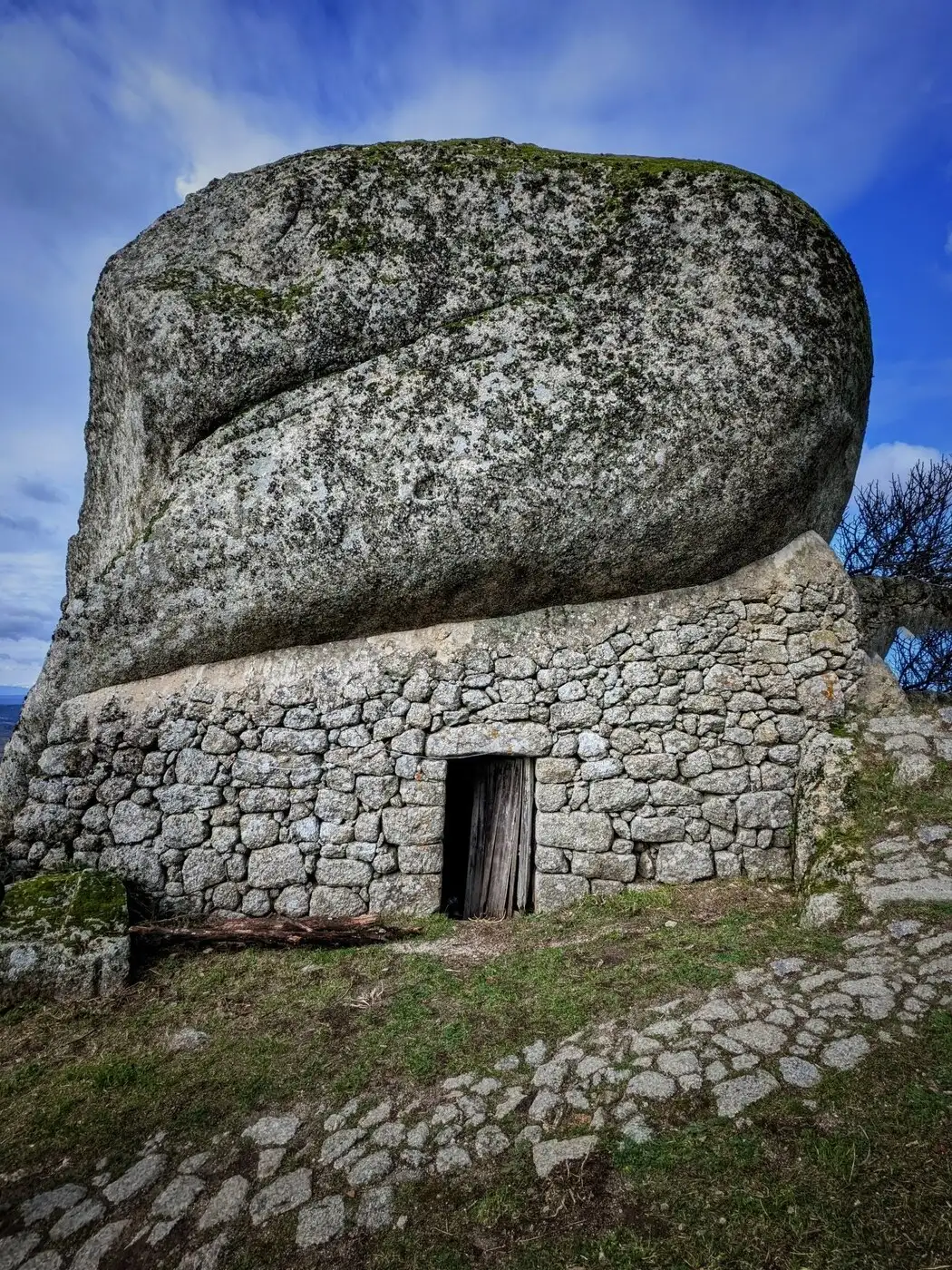
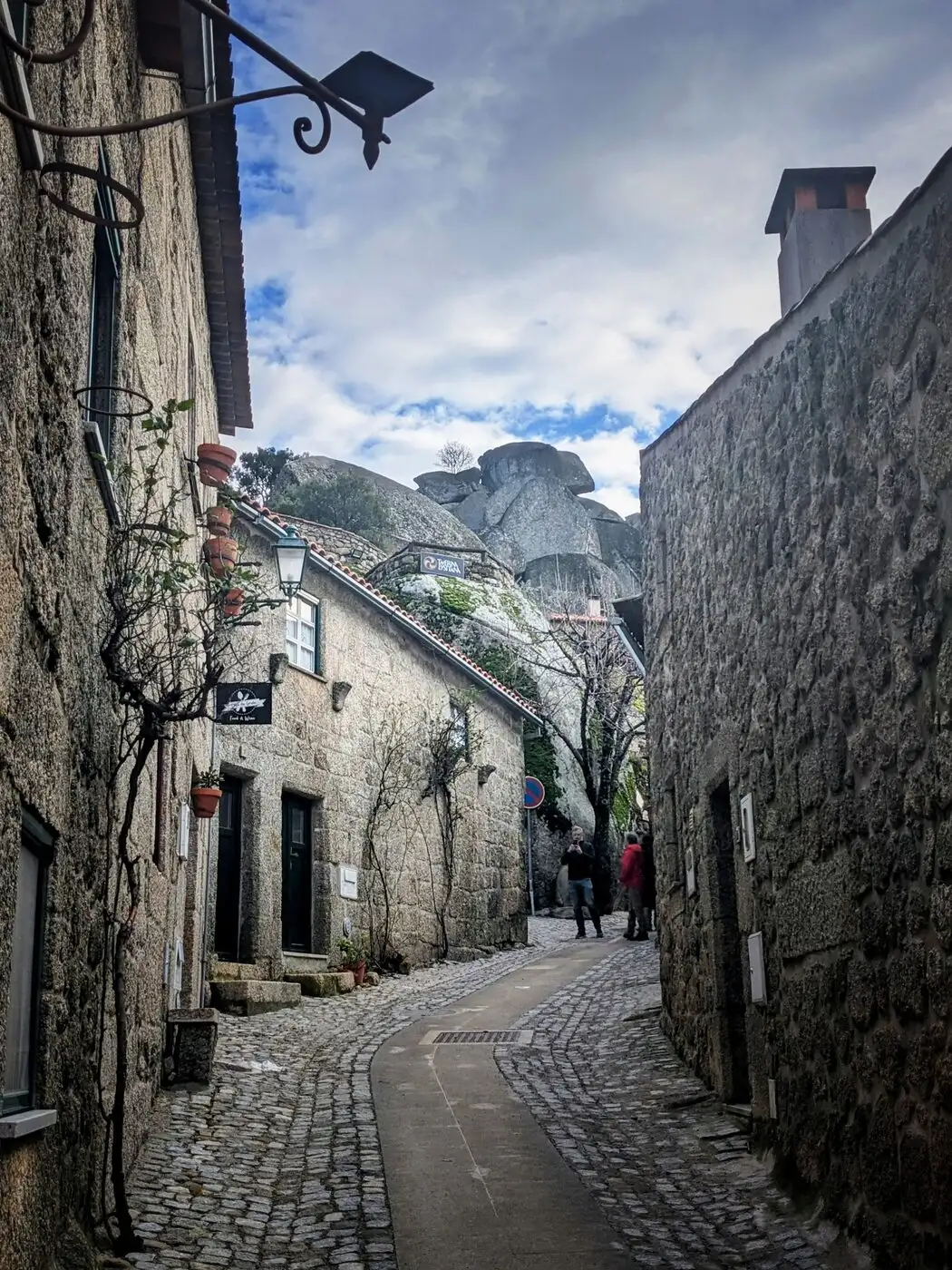
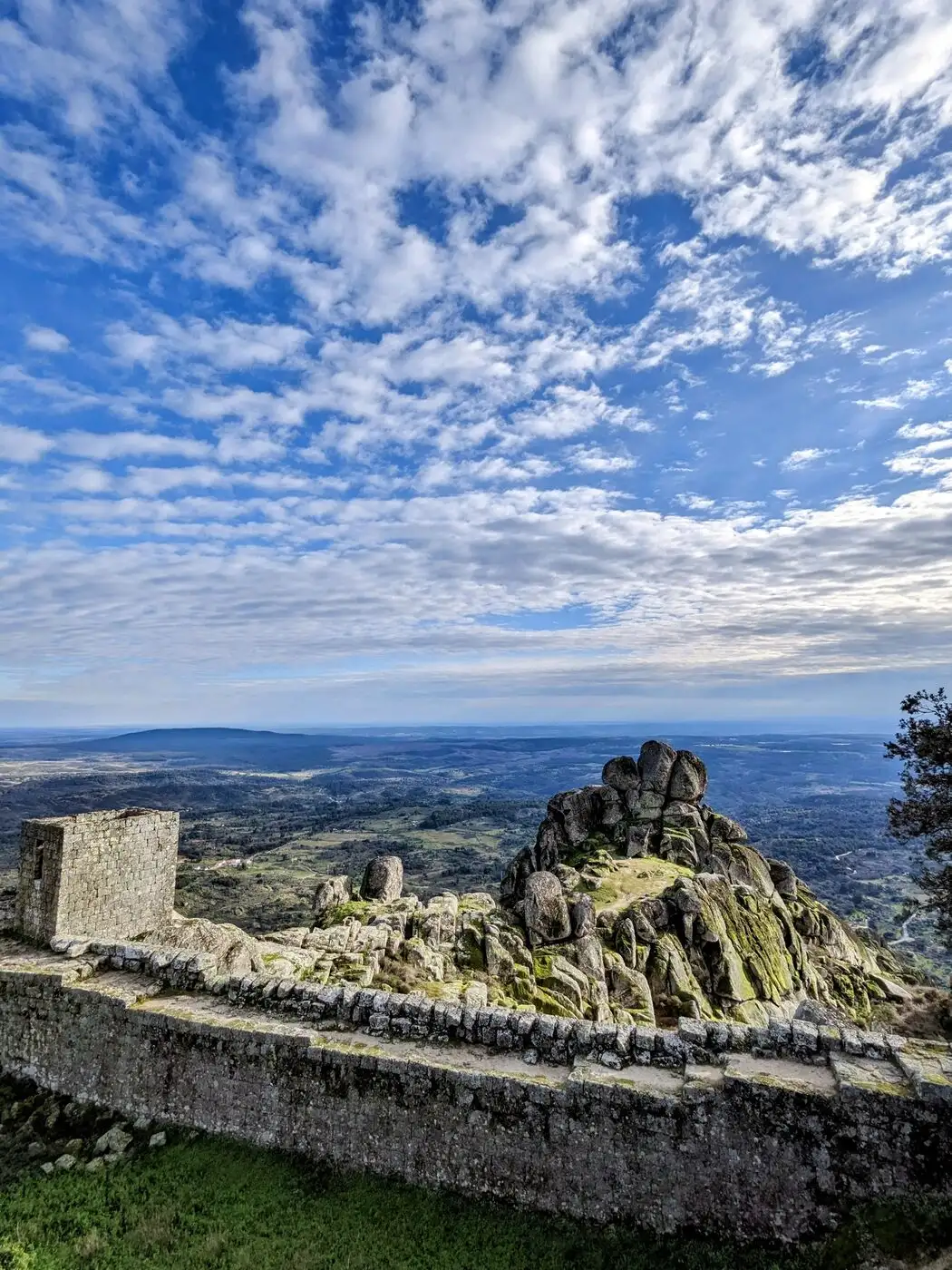
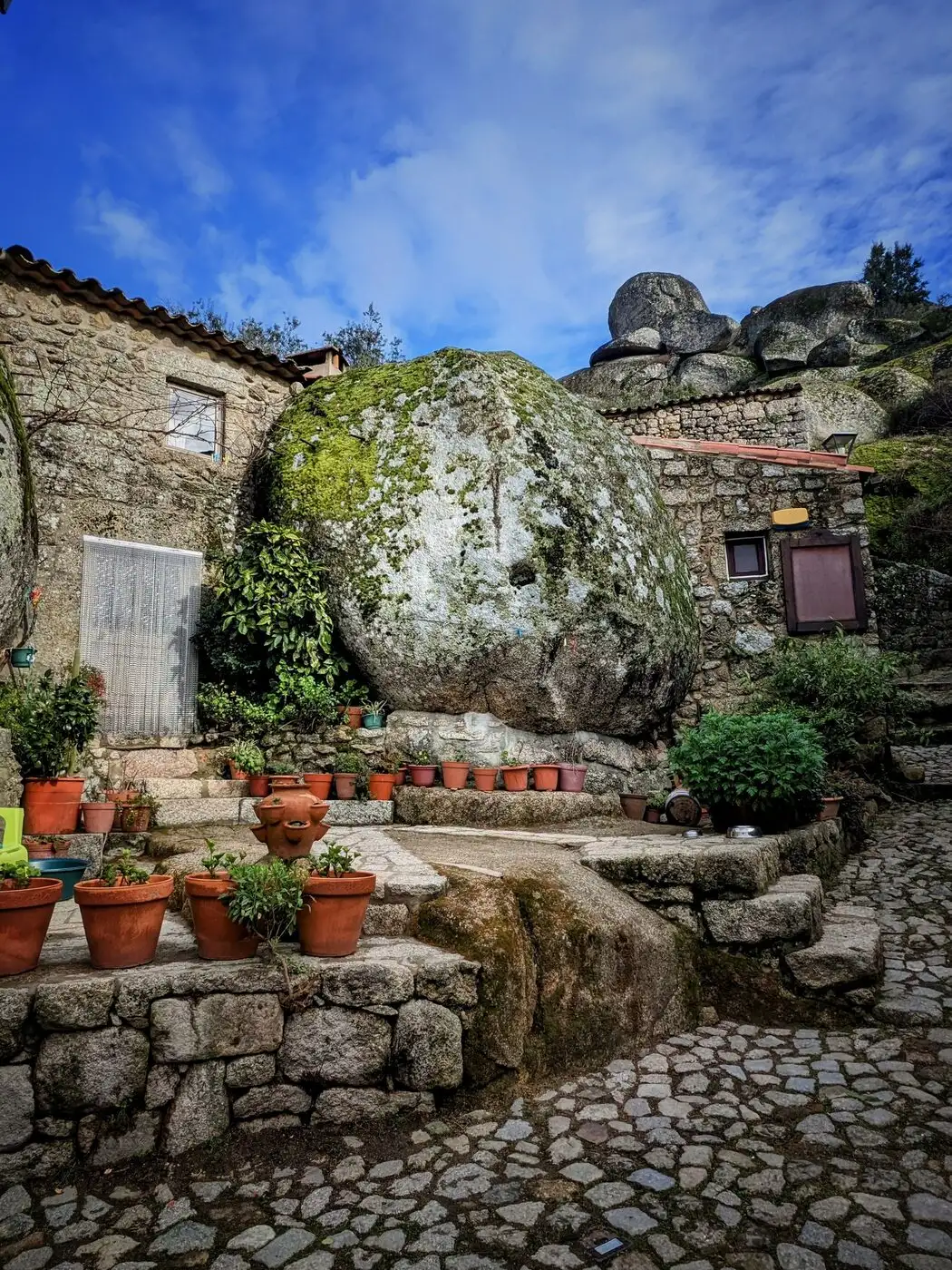
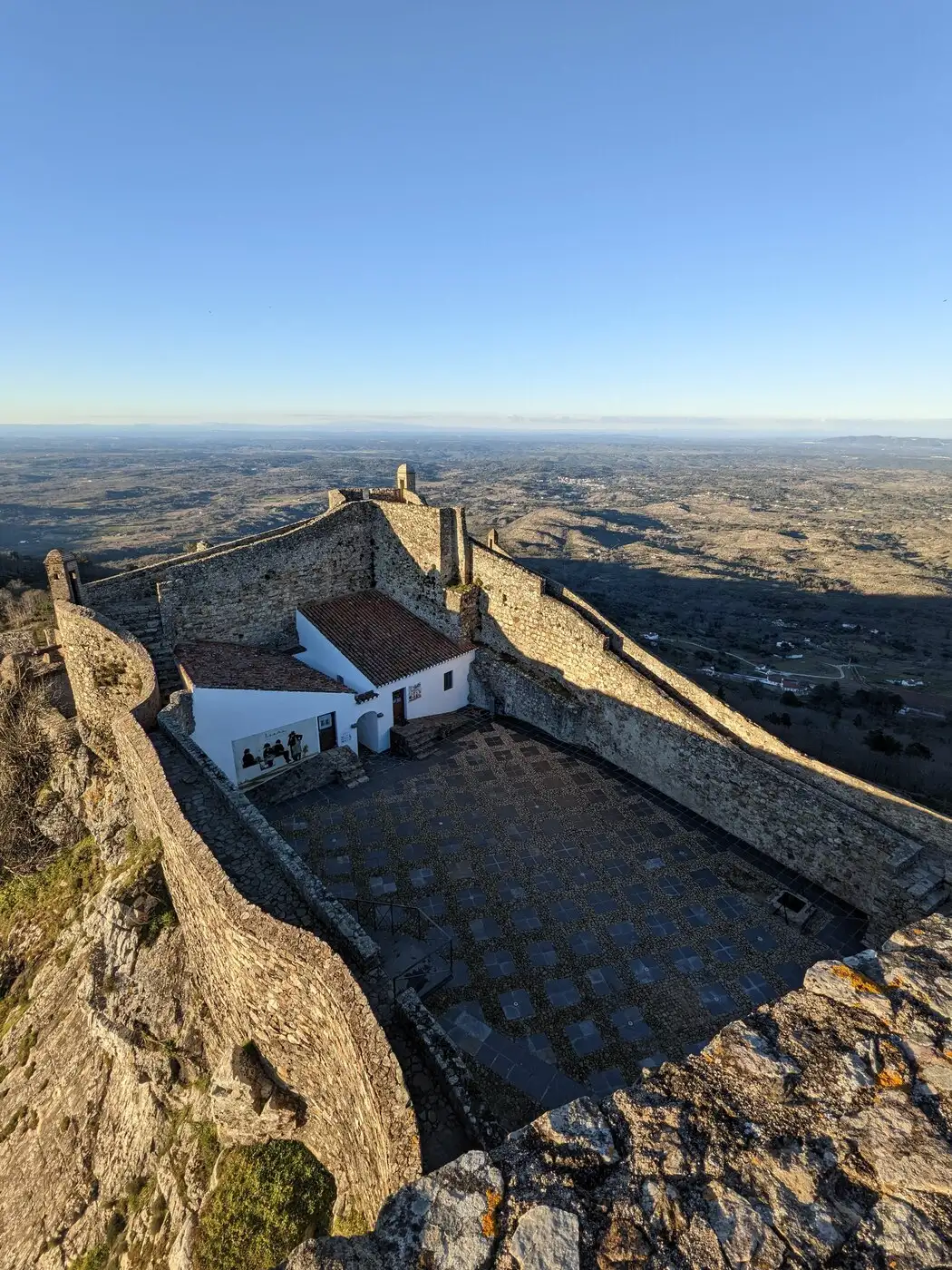
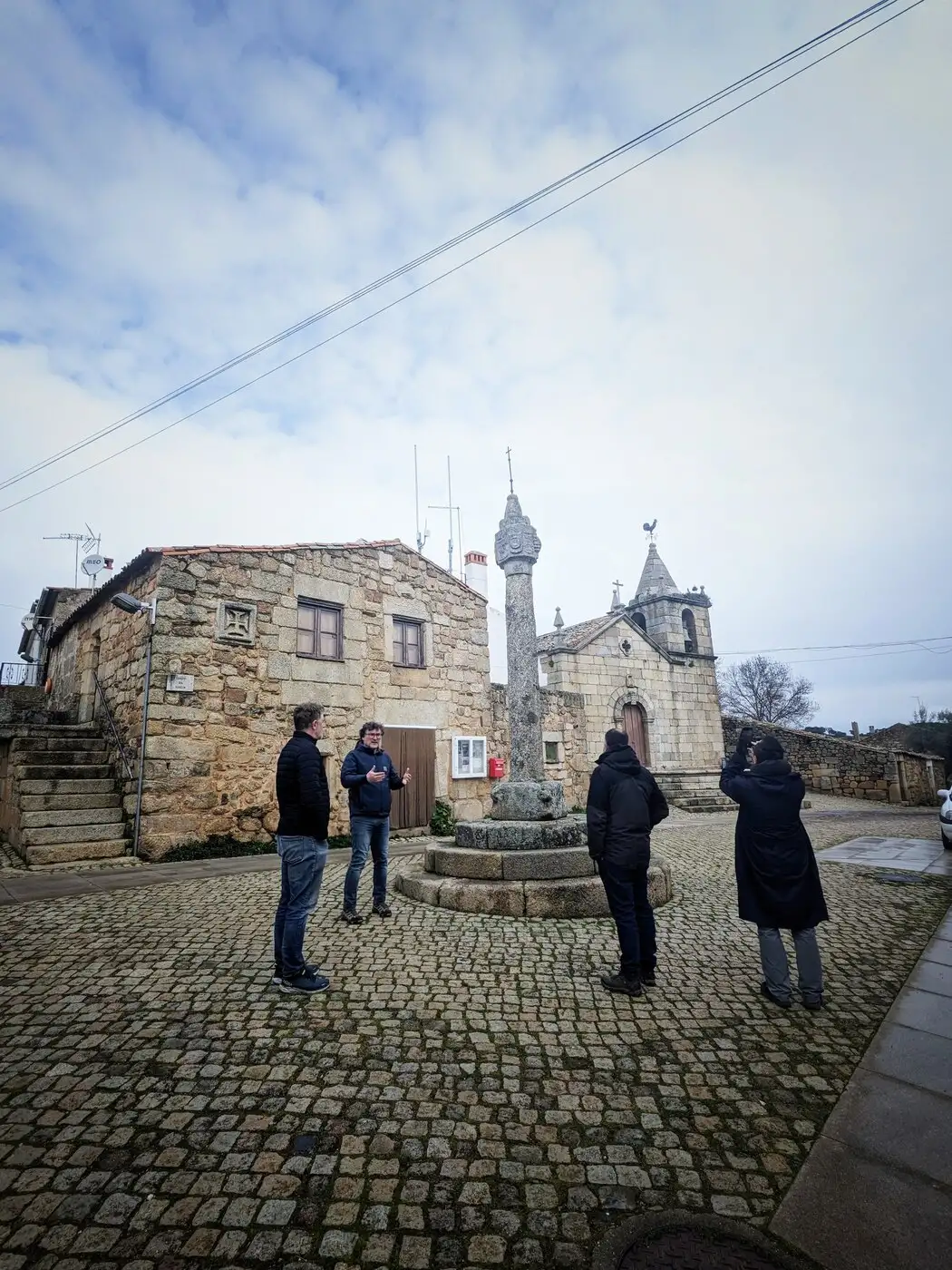
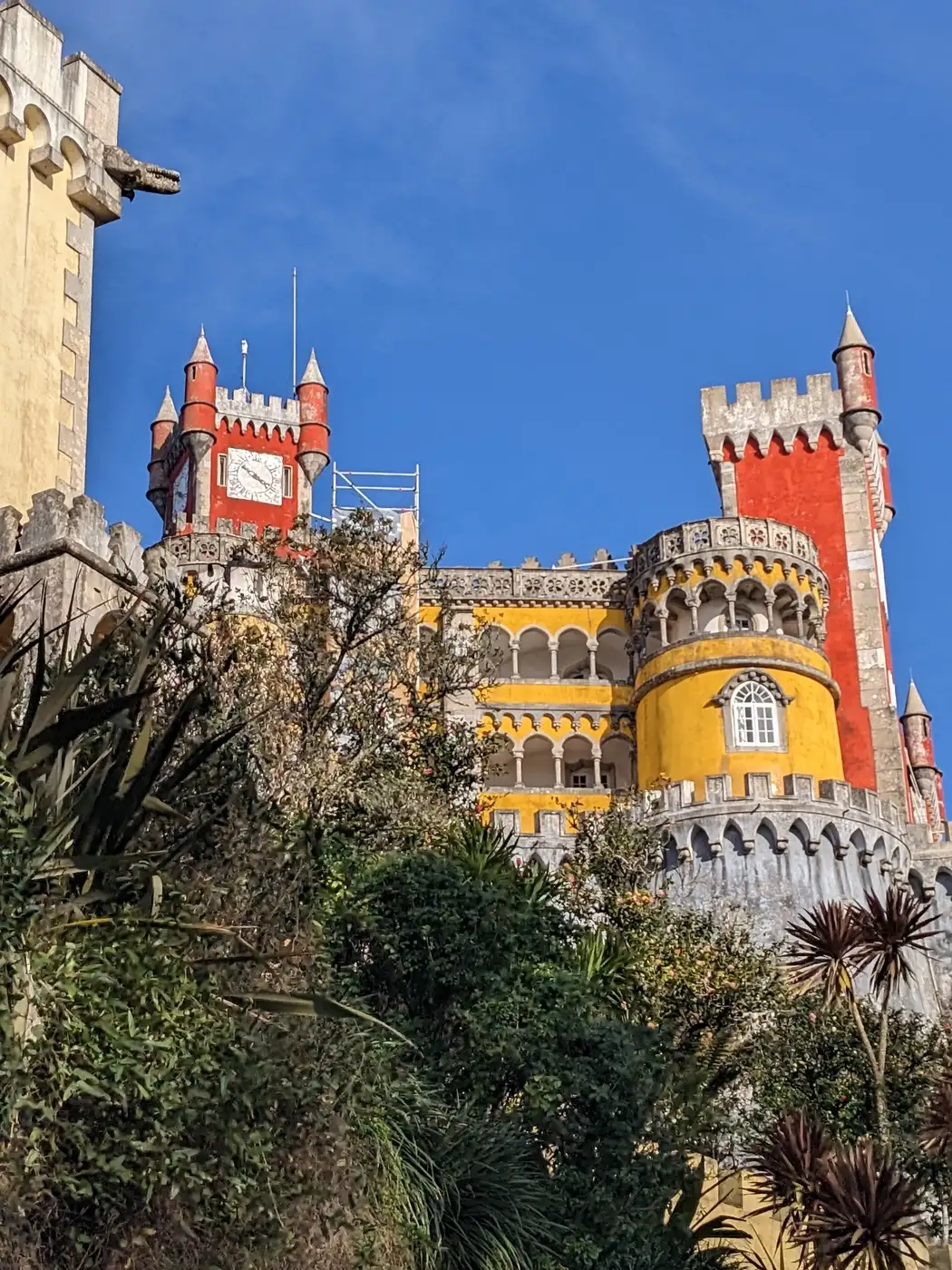
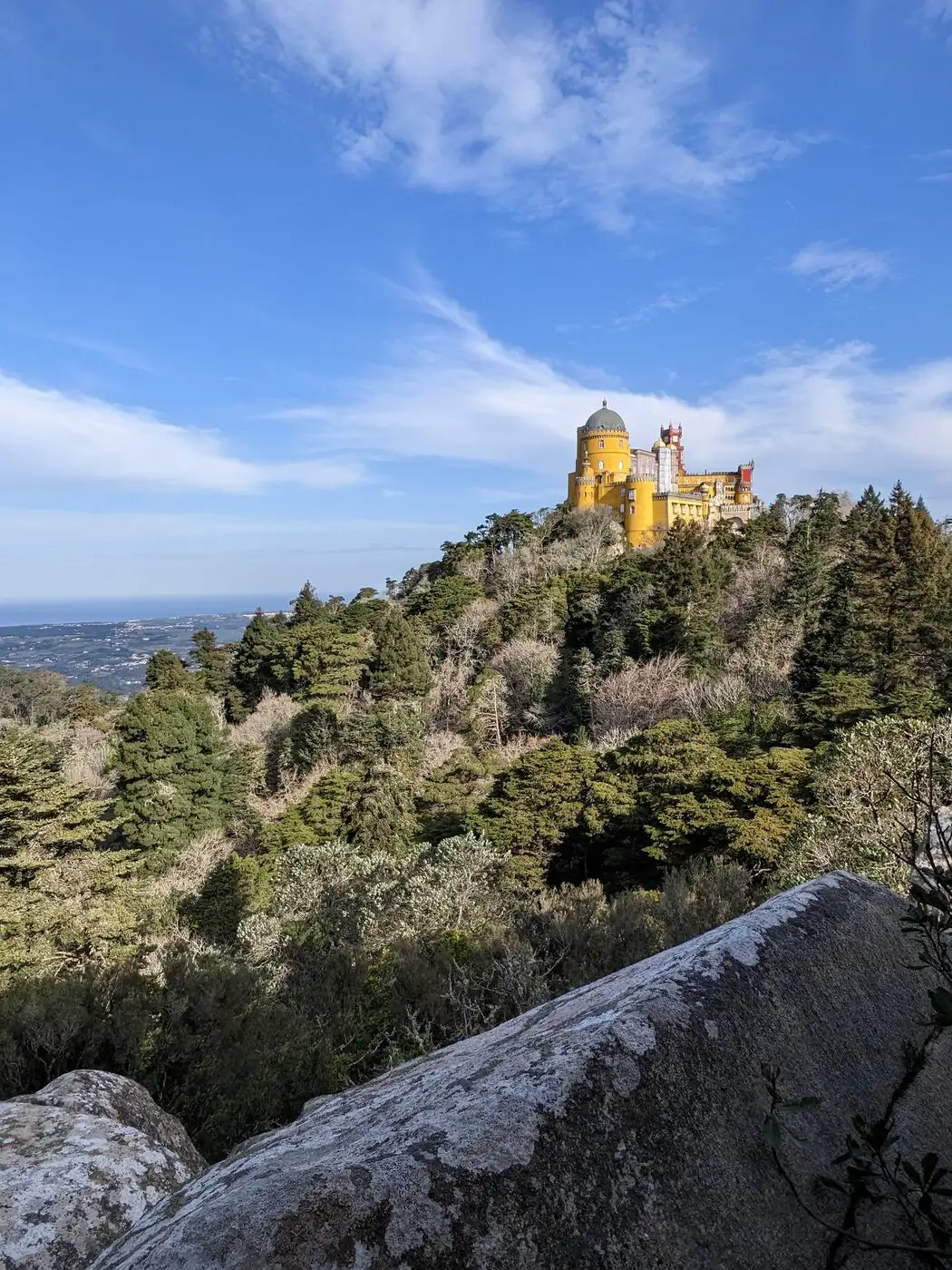
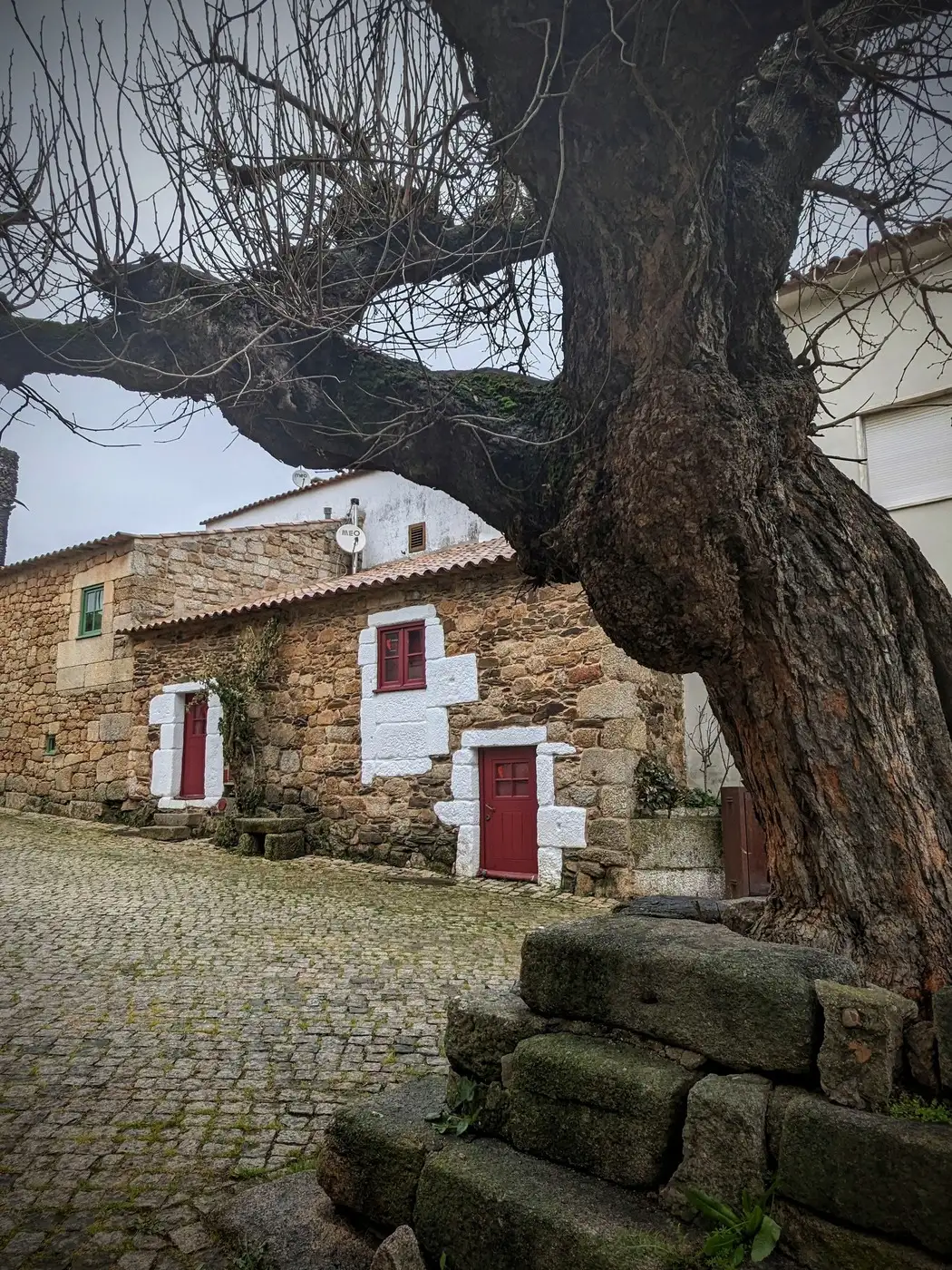
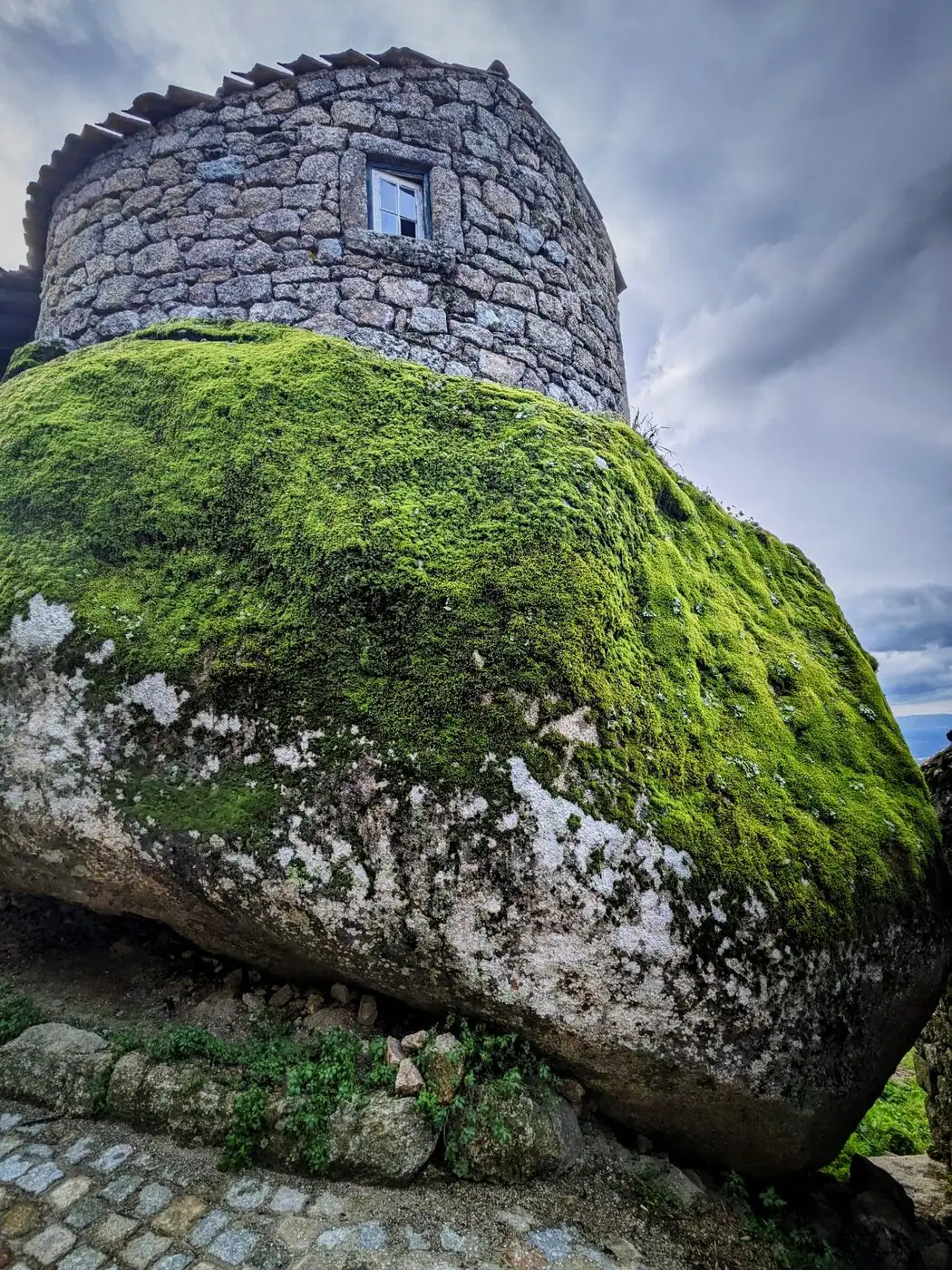
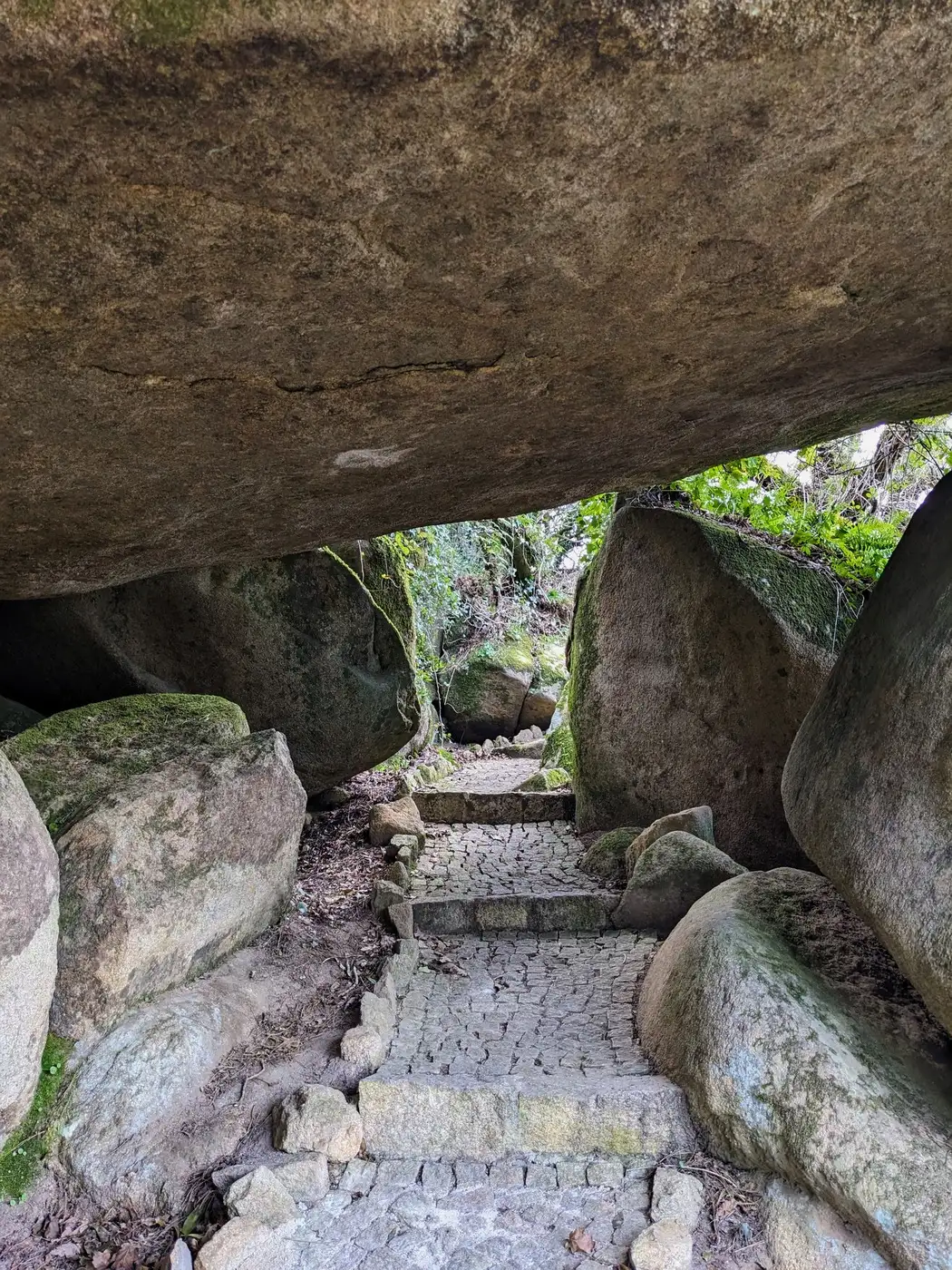
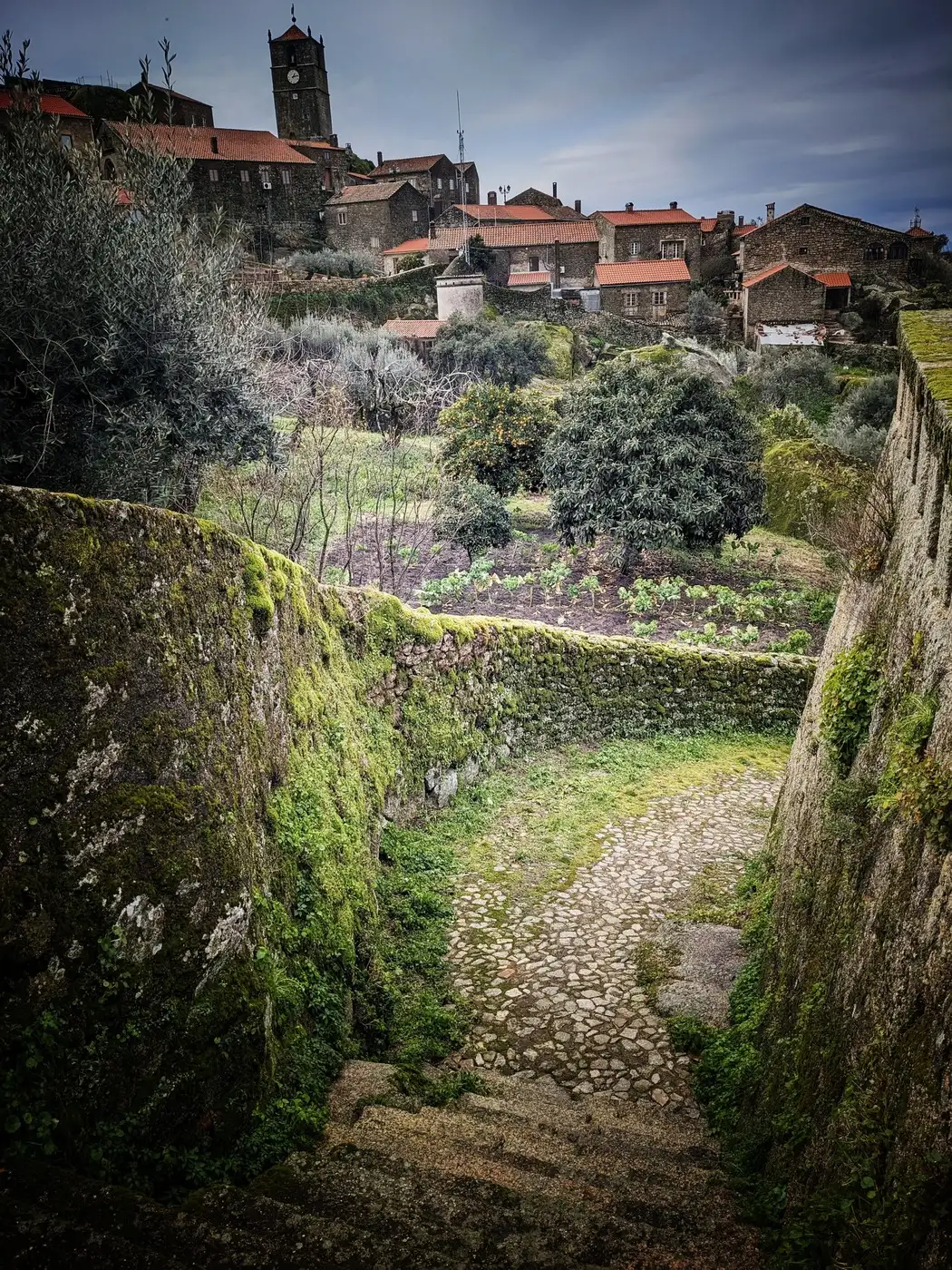
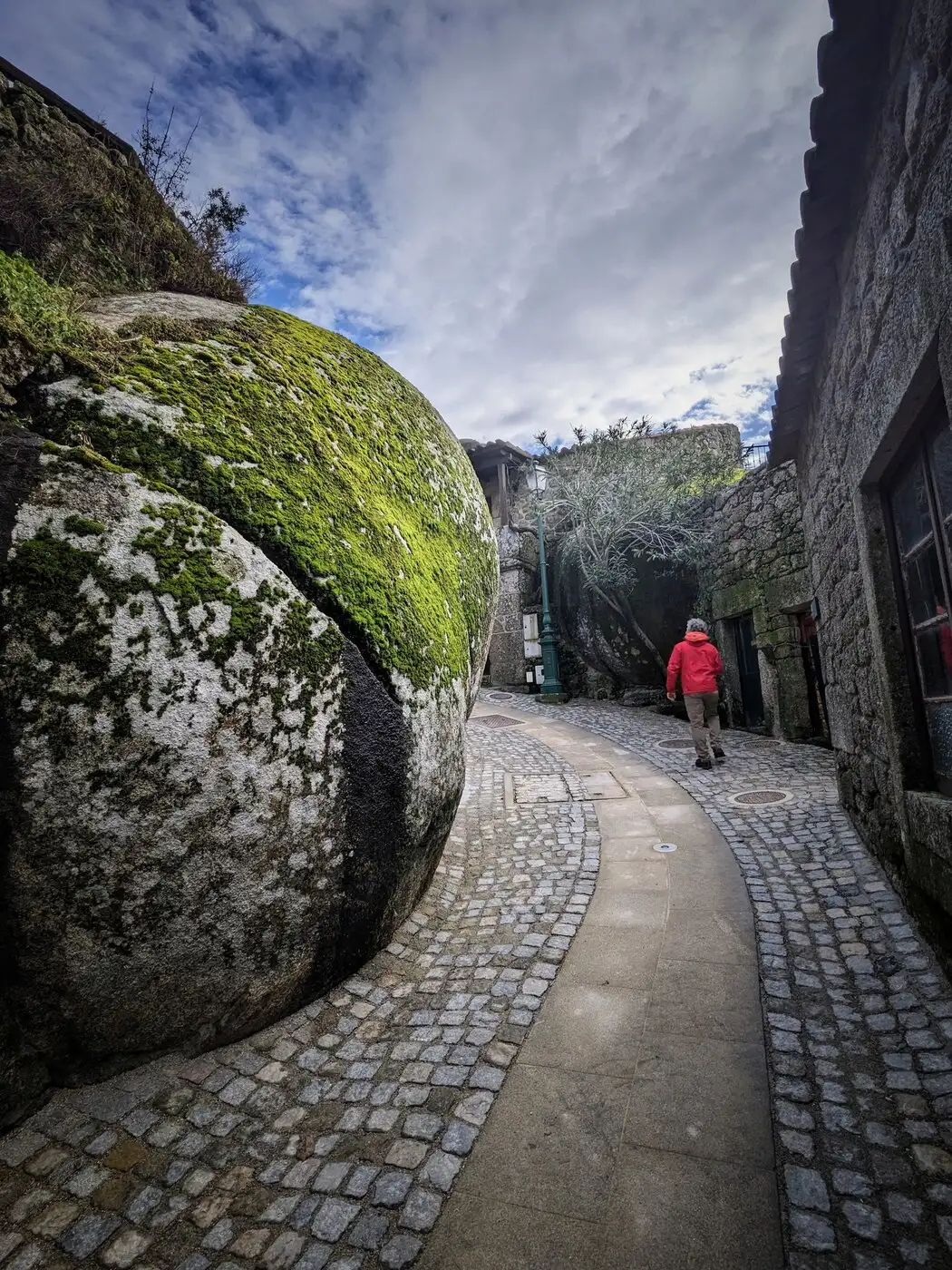
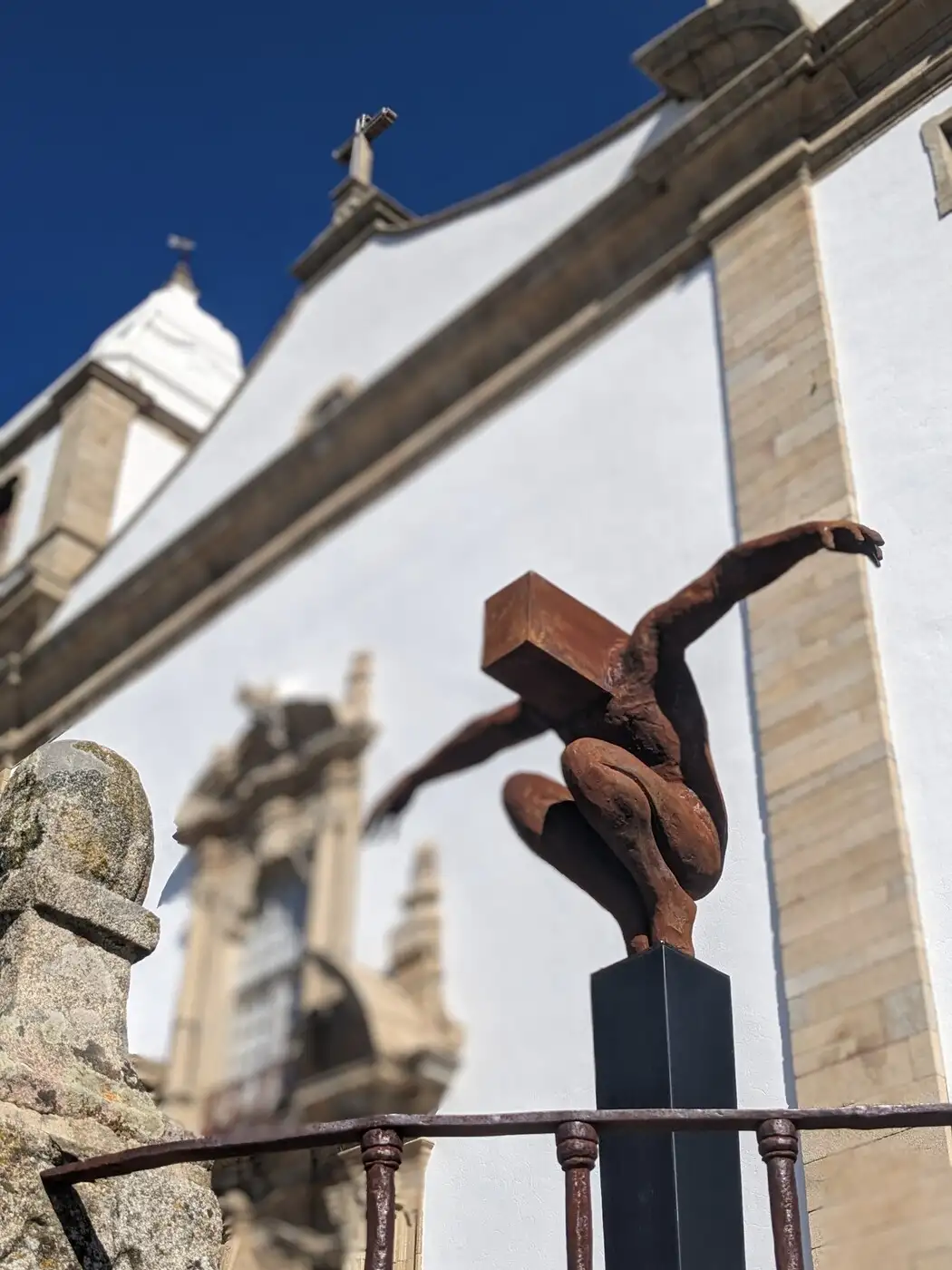

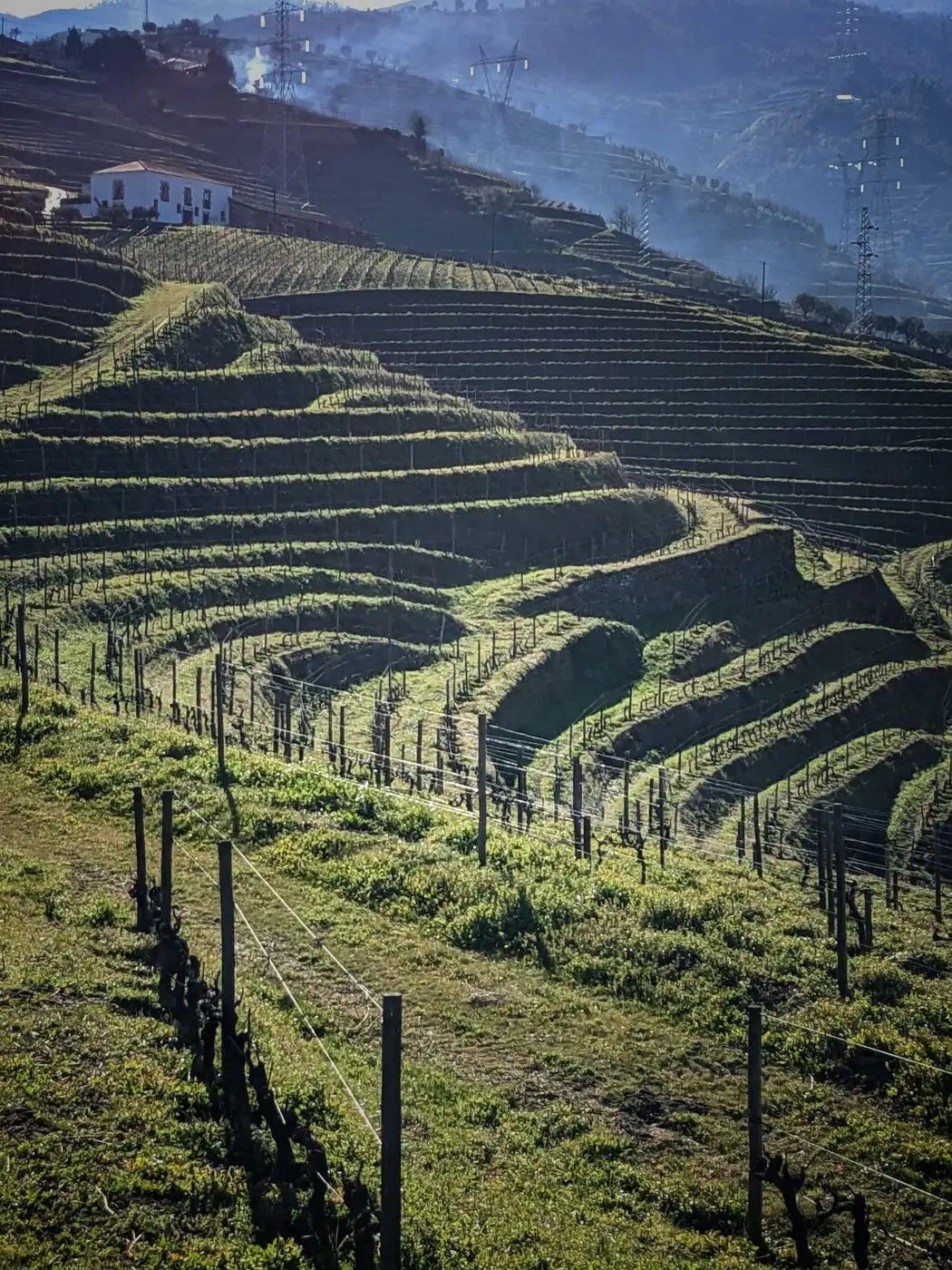
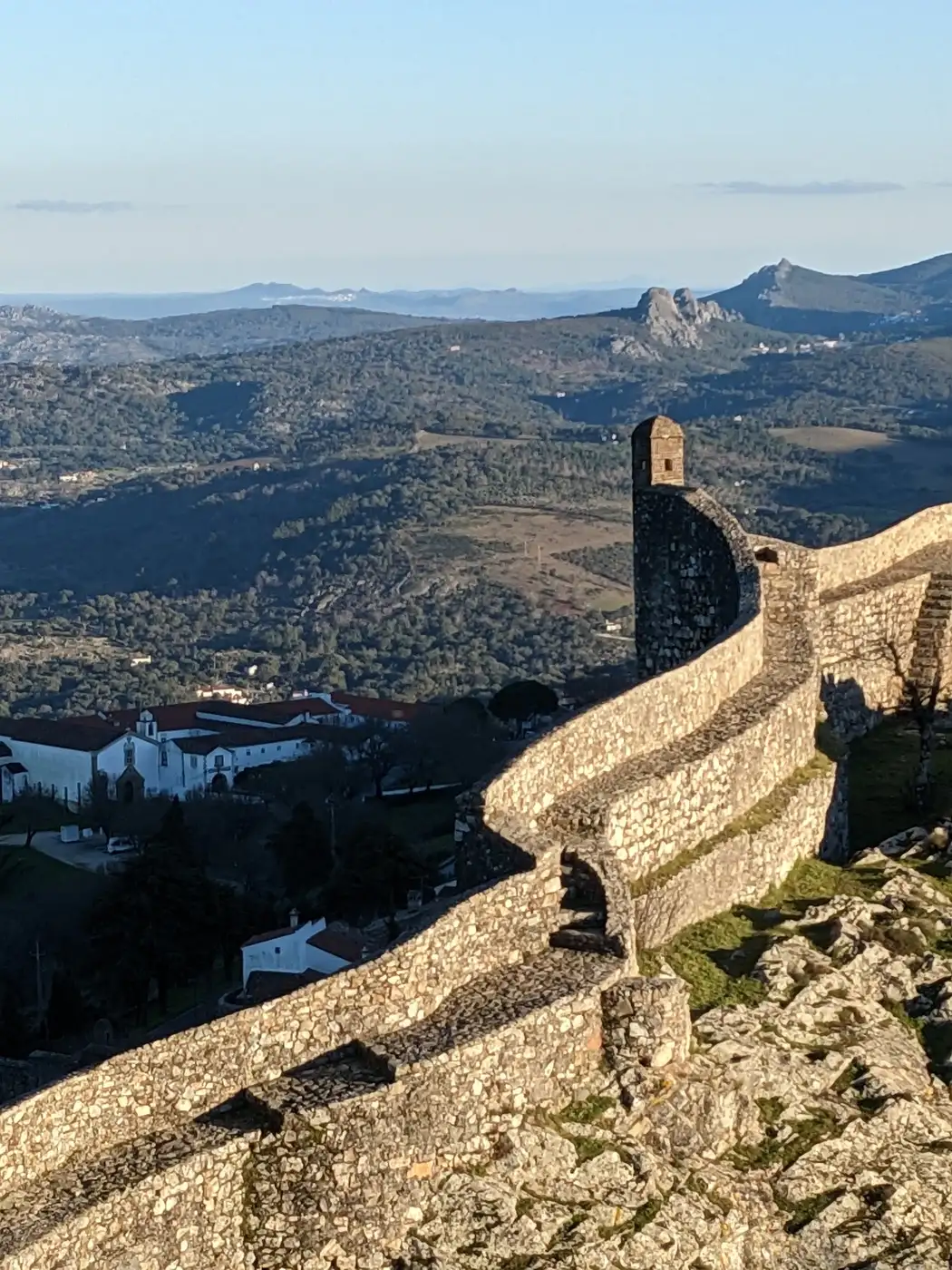
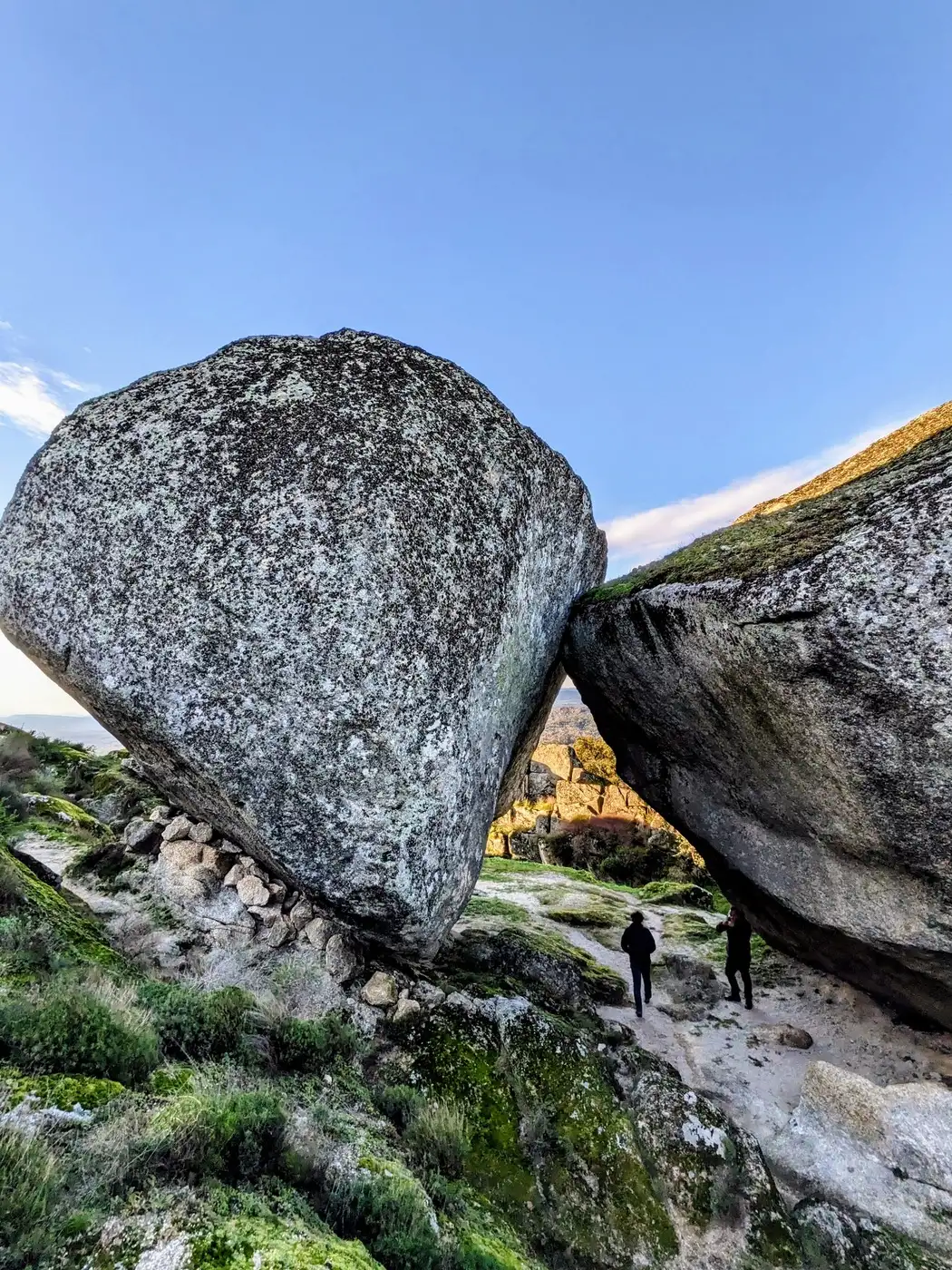
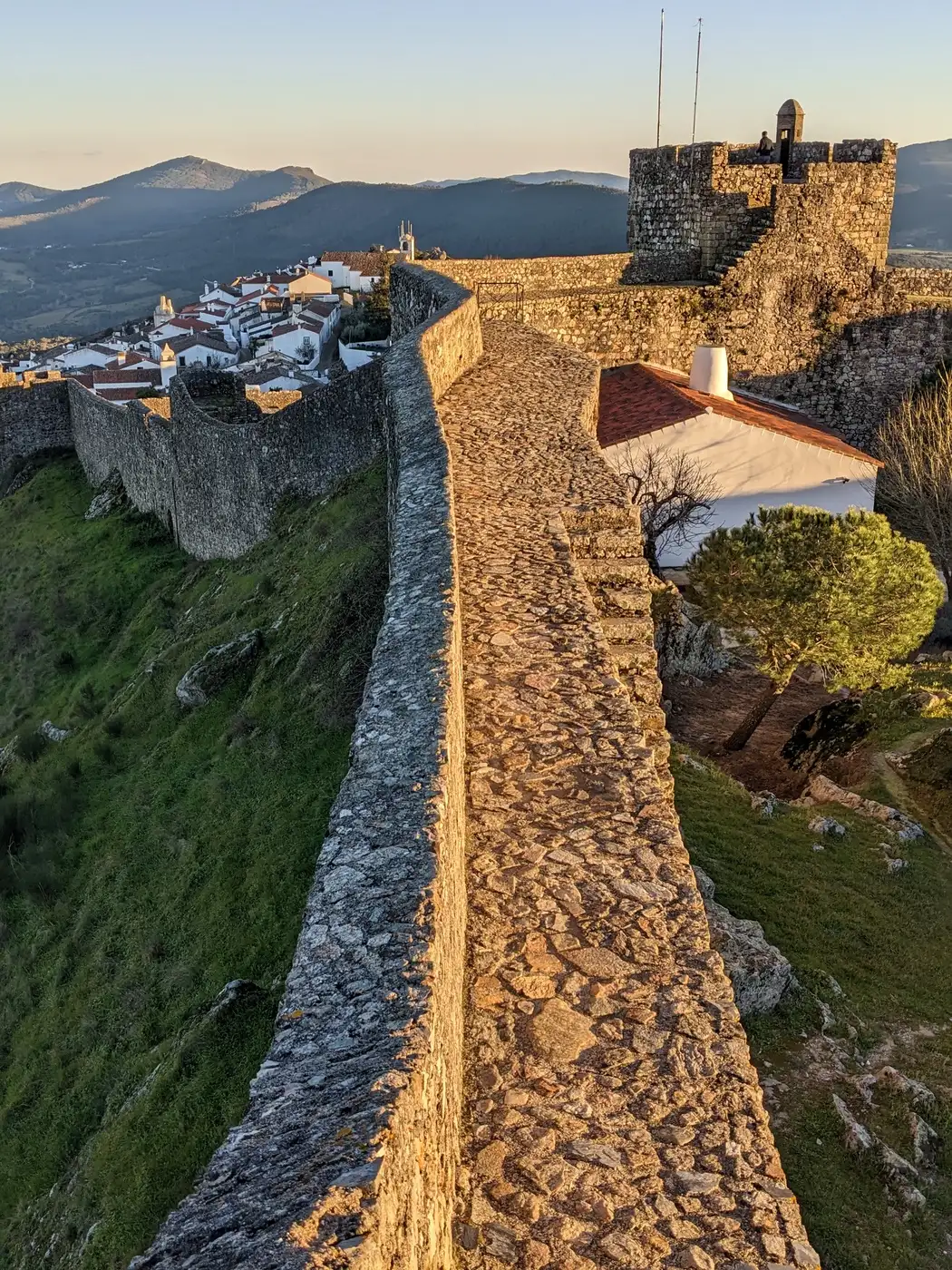
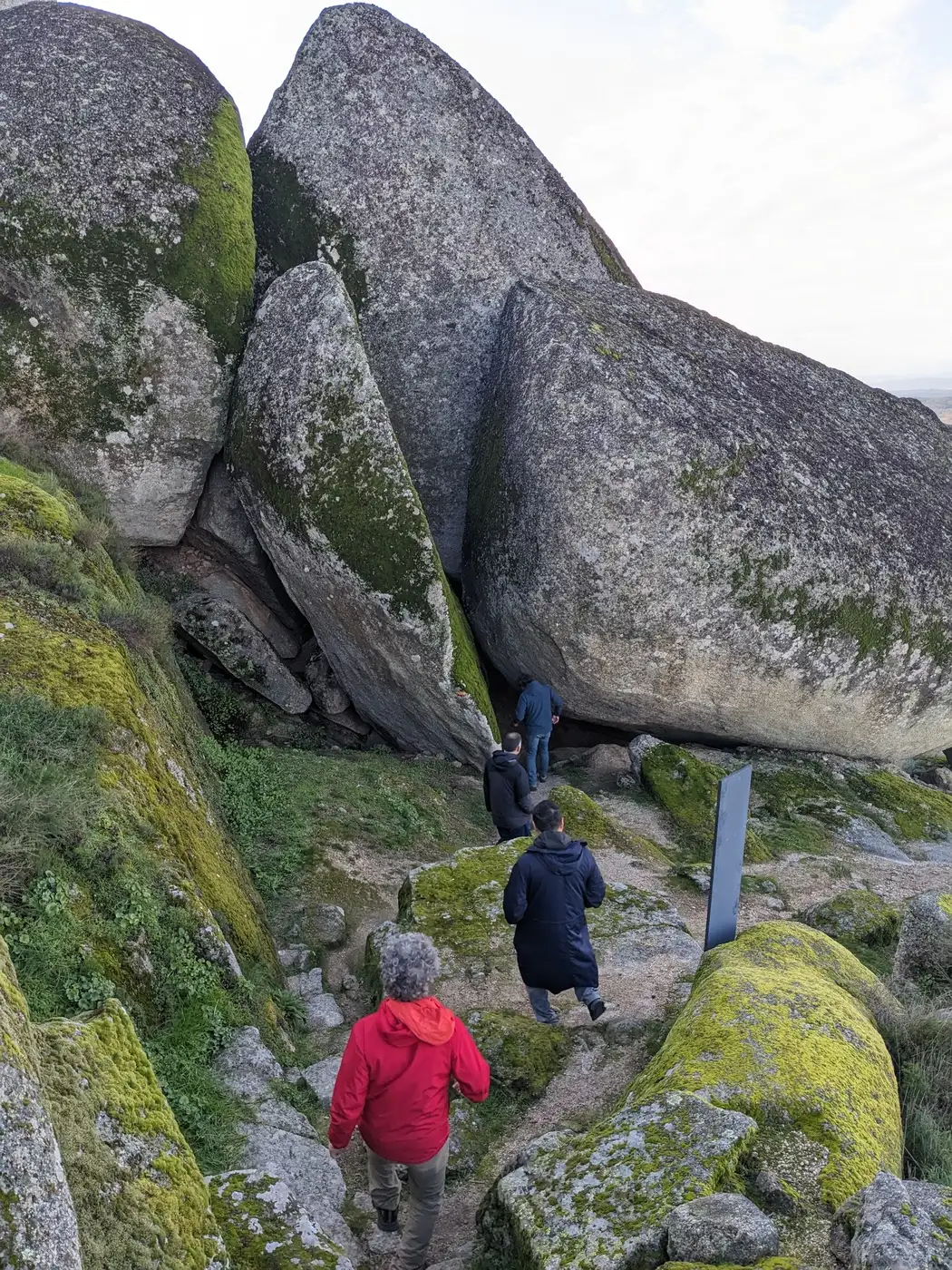

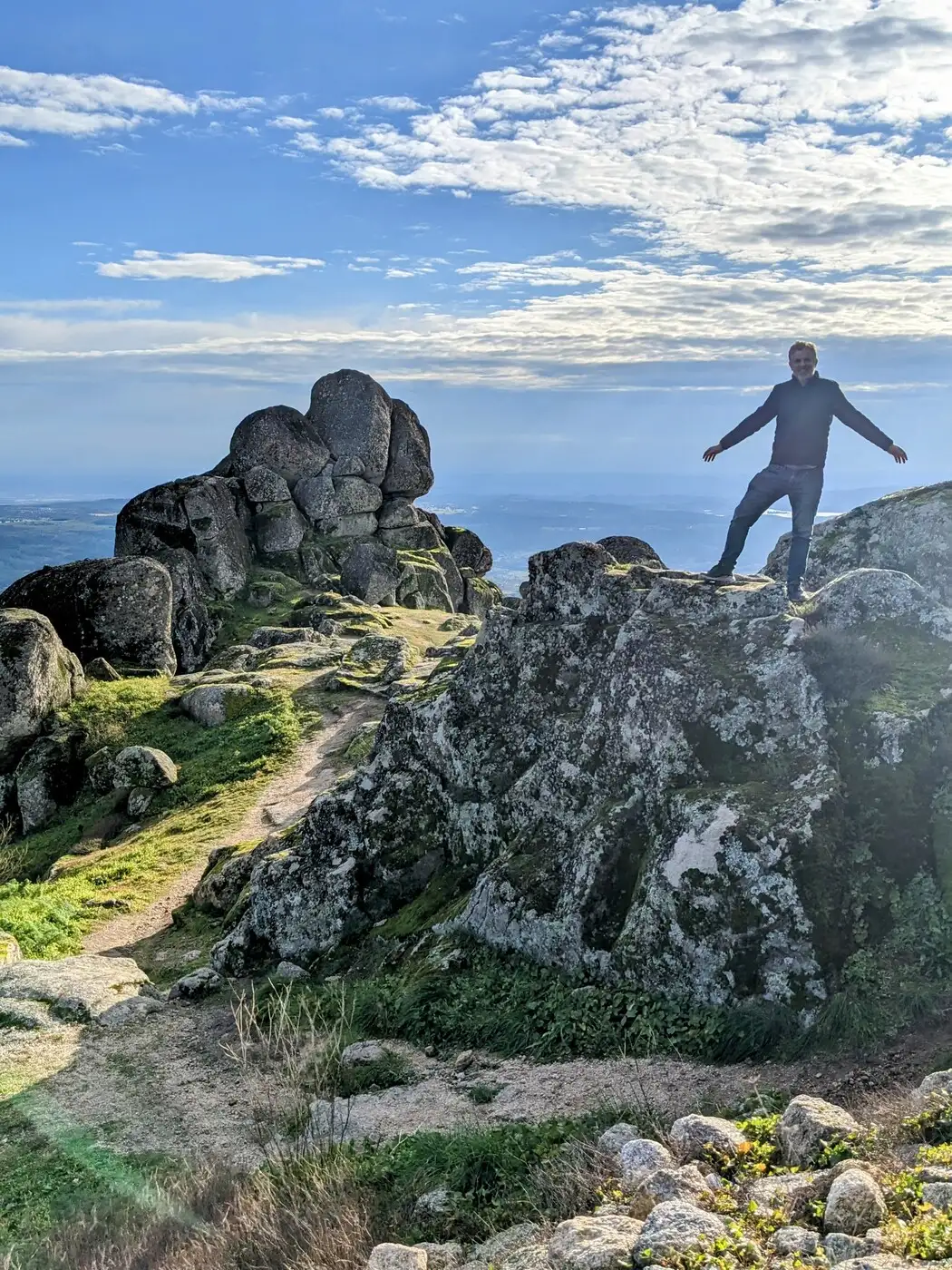
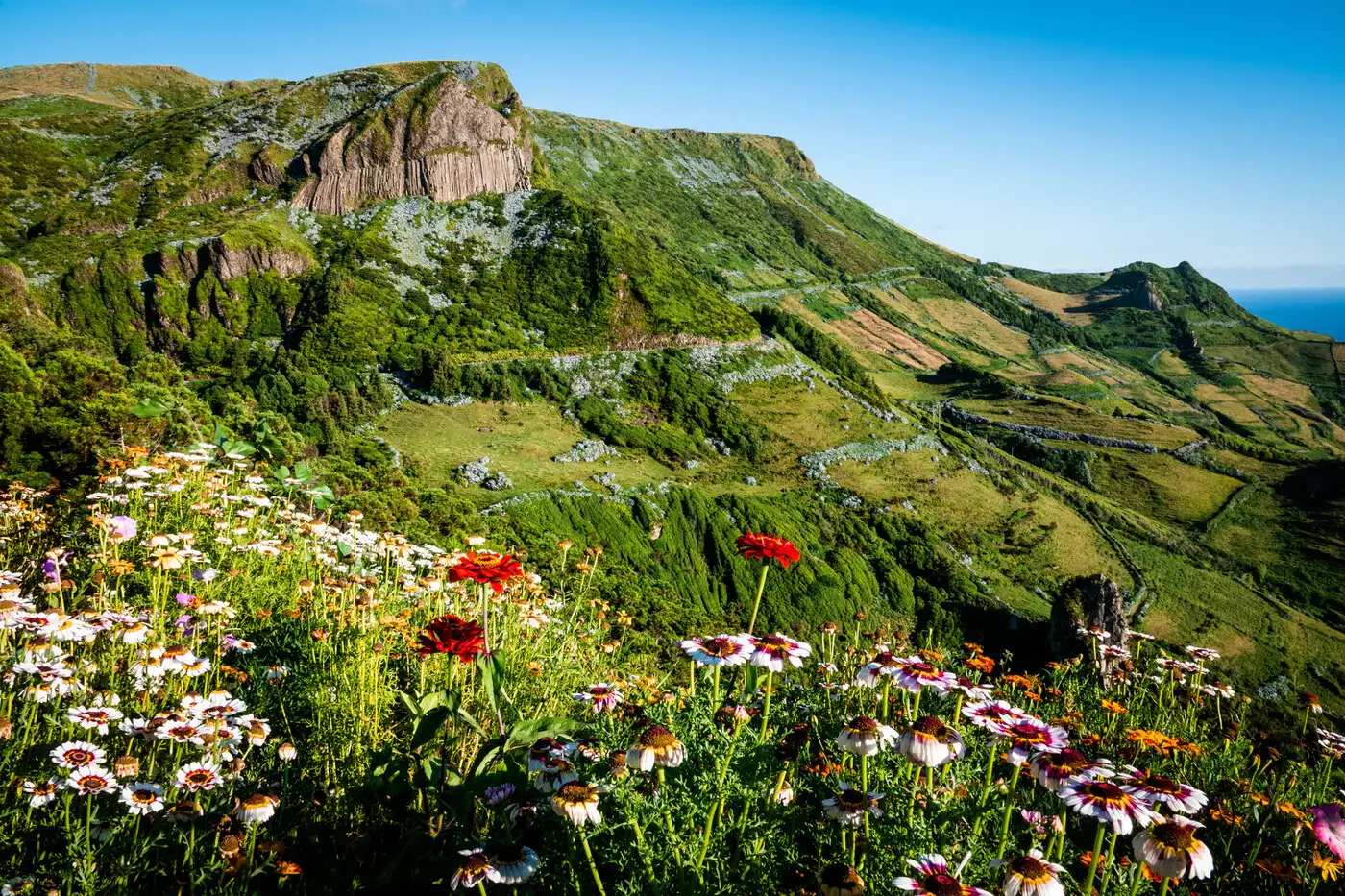
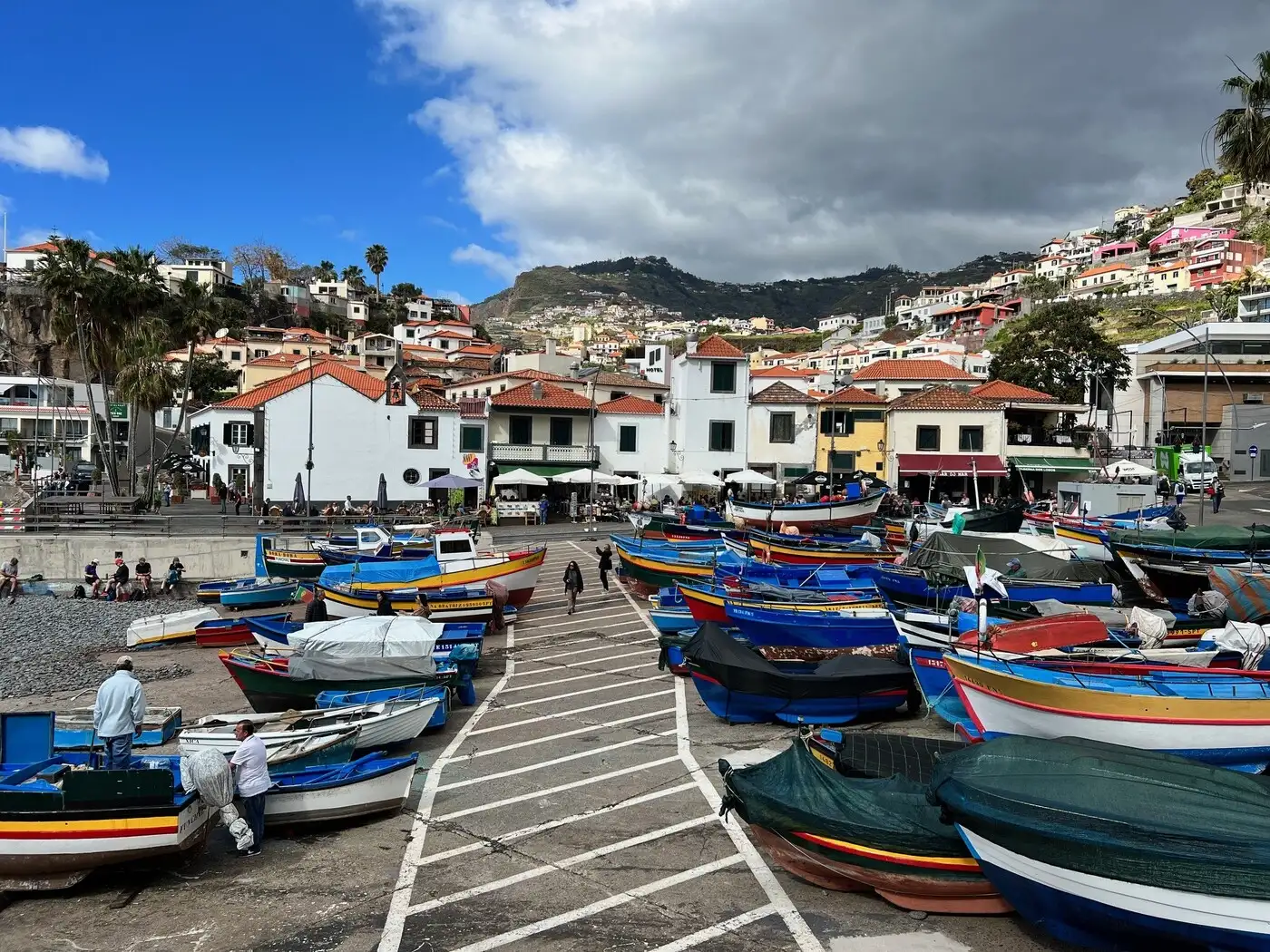

Excellent
Overall Rating
4.7
Extend Your Trip
This tour is part of a series that can be upgraded to make for a longer trip.

Fast and easy
Book This Tour
Book your unforgettable adventure today! For any questions or advice, don't hesitate to contact us.
Have questions?
1-800-665-3998
- Final payment: Due 90 days prior to departure.
- Deposit: A non-refundable $500 CAD Deposit is required at booking.
- Optional Single Supplement: $1880 CAD (number of singles limited).
(View options forsingle travellers) - Transfering Tour or Date: Transferring to another tour or tour date is only permissible outside of 120 days prior to departure and is subject to a $100 CAD change fee.
(Read our cancellation policy)
Choose your departure date:
Prices below are per person, twin-sharing costs in Canadian Dollars (CAD). Pricing does not include airfare to/from the tour and any applicable taxes.
Prices below are per person, twin-sharing costs in Canadian Dollars (CAD). Pricing does not include airfare to/from the tour and any applicable taxes.
Frequently Asked Questions
- What is the maximum number of participants on a trip?Most of our tours carry a maximum of 18 participants; some tours (ie hiking tours) top out at 16. In the event that we do not achieve our minimum complement by our 90-day deadline, we may offer group members the option of paying a "small-group surcharge" as an alternative to cancellation. If all group members agree, we will confirm the trip at existing numbers; this surcharge is refundable in the event that we ultimately achieve our regular minimum. If the small group surcharge is not accepted, we will offer a refund of your deposit or a different trip of your choice.
- Can I extend my tour either at the beginning or end? What about stopovers?Yes, you can extend your tour either at the beginning or the end and we can book accommodation in our tour hotel. Stopovers are often permitted, depending on air routing. Stopovers usually carry a "stopover" fee levied by the airline.
- How do I make a reservation? How and when do I pay?The easiest way to make a reservation is via our website; during office hours, you are also more than welcome to contact us by telephone.
A non-refundable deposit is payable at the time of booking; if a reservation is made within 90 days, full payment is required. Some trips require a larger deposit. If international airline bookings require a non-refundable payment in order to secure space or the lowest available fare, we will require an increase in deposit equal to the cost of the ticket(s).
Early enrolment is always encouraged as group size is limited and some trips require greater preparation time.
Once we have received your deposit, we will confirm your space and send you a confirmation package containing your trip itinerary, any visa/travel permit related documents, invoice, clothing and equipment recommendations, general information on your destination(s), and forms for you to complete, sign and return to us. Your air e-tickets (if applicable), final hotel list, final trip itinerary, and instructions on how to join your tour, will be sent approximately 2-3 weeks prior to departure. - What about cancellations, refunds, and transfers?Please review our cancellation policy page for details.
- I am a single who prefers my own room. What is a single supplement?All of our tours have a single supplement for those who want to be guaranteed their own room at each location.
This supplement is a reflection of the fact that most hotels around the world do not discount the regular twin-share rate for a room by 50% for only one person occupying a room. Most hotels will give a break on the price, but usually in the range of 25-30% of the twin-share rate. This difference, multiplied by each night, amounts to the single supplement.
The conventional amount can also vary from country to country and some destinations are more expensive than others for single occupancy. In order to be "single friendly," the supplements we apply are not a profit centre for us and we do our best to keep them as reasonable as possible.
On most tours we limit the number of singles available, not to be punitive, but rather because many hotels allow for only a limited number of singles; some smaller hotels at remote locations also have a limited number of single rooms available.
Please note that most single rooms around the world are smaller than twin-share rooms and will likely have only one bed. - Do you have a shared accommodation program?Yes! If you are single traveller and are willing to share, we will do our best to pair you with a same-gender roommate. Please note that should we fail to pair you, we will absorb the single supplement fee and you will default to a single room at no extra charge.
